Liven up your living spaces with richly textured walls that add depth, character, and visual intrigue to any room. From timeless plaster and stone techniques to modern paint applications and DIY-friendly methods, these 20 wall texture ideas span a range of styles—industrial, rustic, contemporary, and classic. You’ll discover finishes that conceal imperfections, enhance light and shadow, and serve as compelling backdrops for art, furniture, and architectural details. Whether you’re aiming for a chic urban loft vibe or a cozy, tactile haven, these ideas—sourced from leading design publications and expert blogs—offer inspiration and practical guidance for transforming flat surfaces into dynamic focal points.
1. Limewash Finish

Limewash imparts a soft, chalky matte surface that subtly varies in tone with each brushstroke, giving walls an aged, artisanal look. Its mineral composition allows walls to “breathe,” helping regulate indoor humidity and resist mold. Limewash is suitable for both interior and exterior applications, making it a versatile choice for living rooms, kitchens, and patios. Unlike conventional paints, it chemically bonds with masonry and plaster, ensuring a durable finish that develops a gentle patina over time.
2. Roman Clay
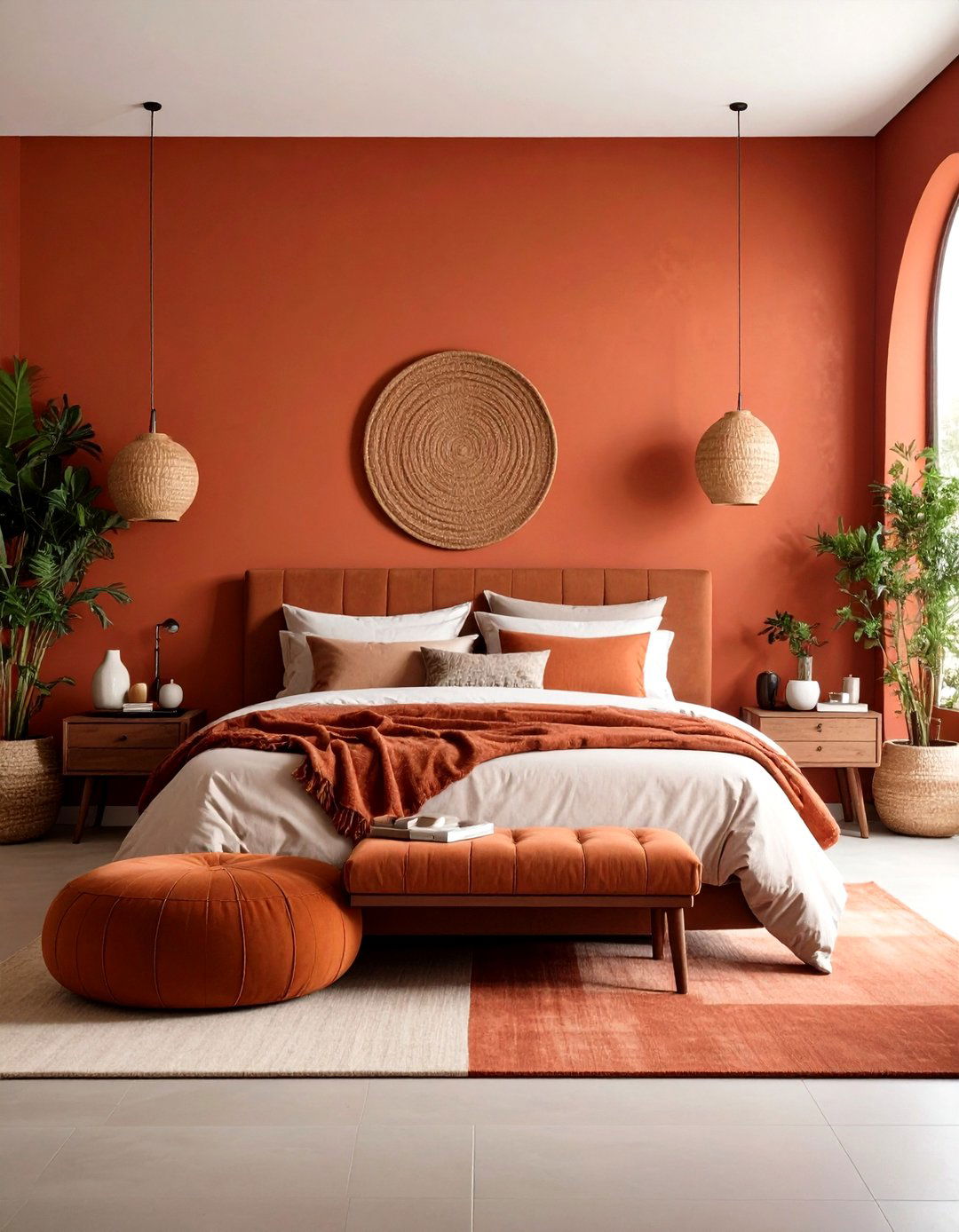
Roman clay (or Venetian clay) is composed of natural minerals that create a soft, velvety texture reminiscent of aged plaster. Applied in thin layered washes, it yields a depth of color that shifts with changing light. The breathable, eco-friendly formula helps improve indoor air quality and hide minor surface flaws. Roman clay works beautifully for accent walls in bedrooms and dining areas, where its subtle sheen and warmth add a refined, timeless appeal.
3. Venetian Plaster
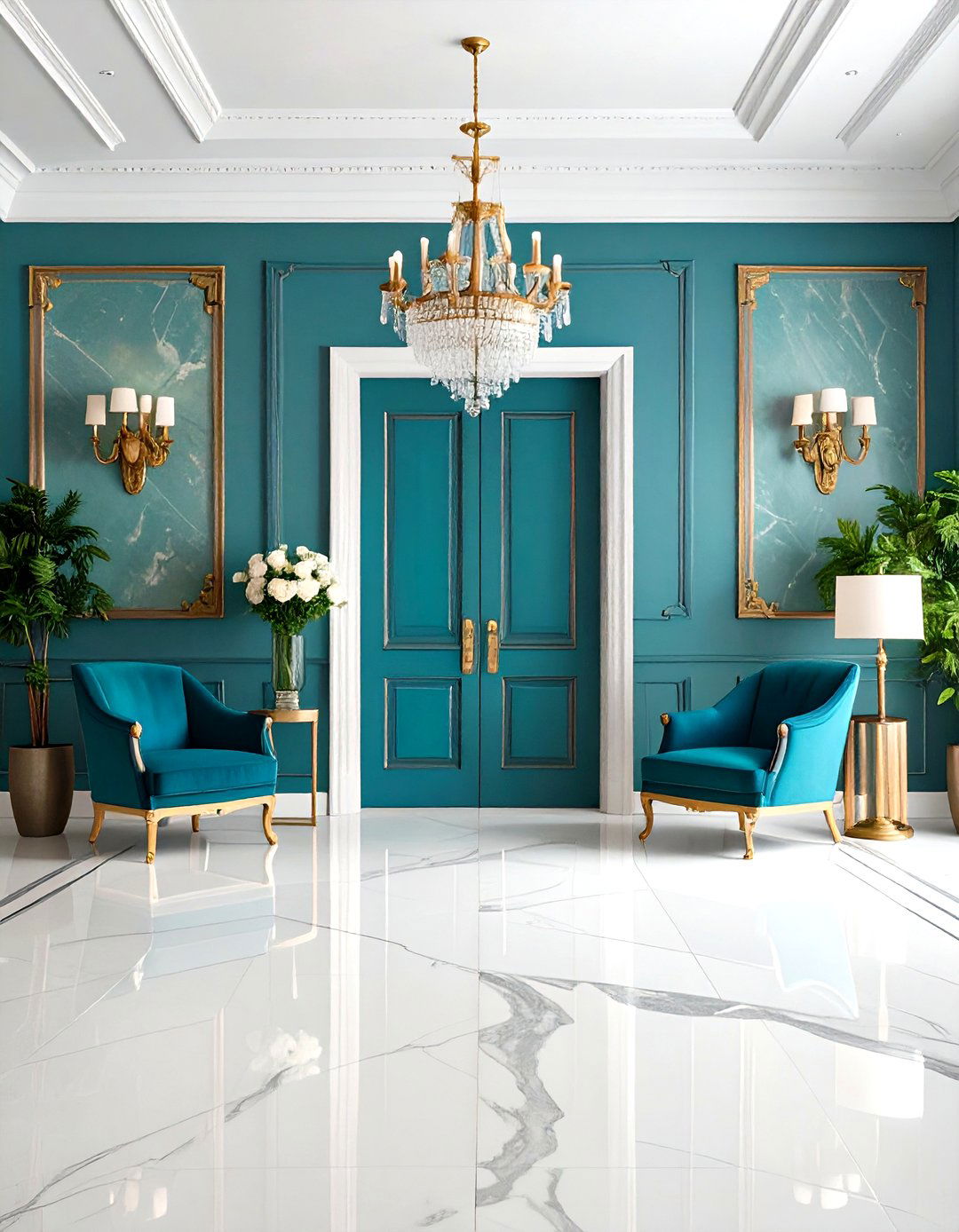
Venetian plaster is a classic Italian technique using fine marble dust mixed with plaster to produce a polished, stone-like finish. Skilled applicators trowel on multiple thin coats, burnishing each layer to achieve depth and luster. The resulting surface can mimic marble or travertine, offering opulent texture without the cost of real stone. Ideal for entryways, bathrooms, and feature walls, Venetian plaster reflects light softly and ages gracefully.
4. Concrete Skim Coat
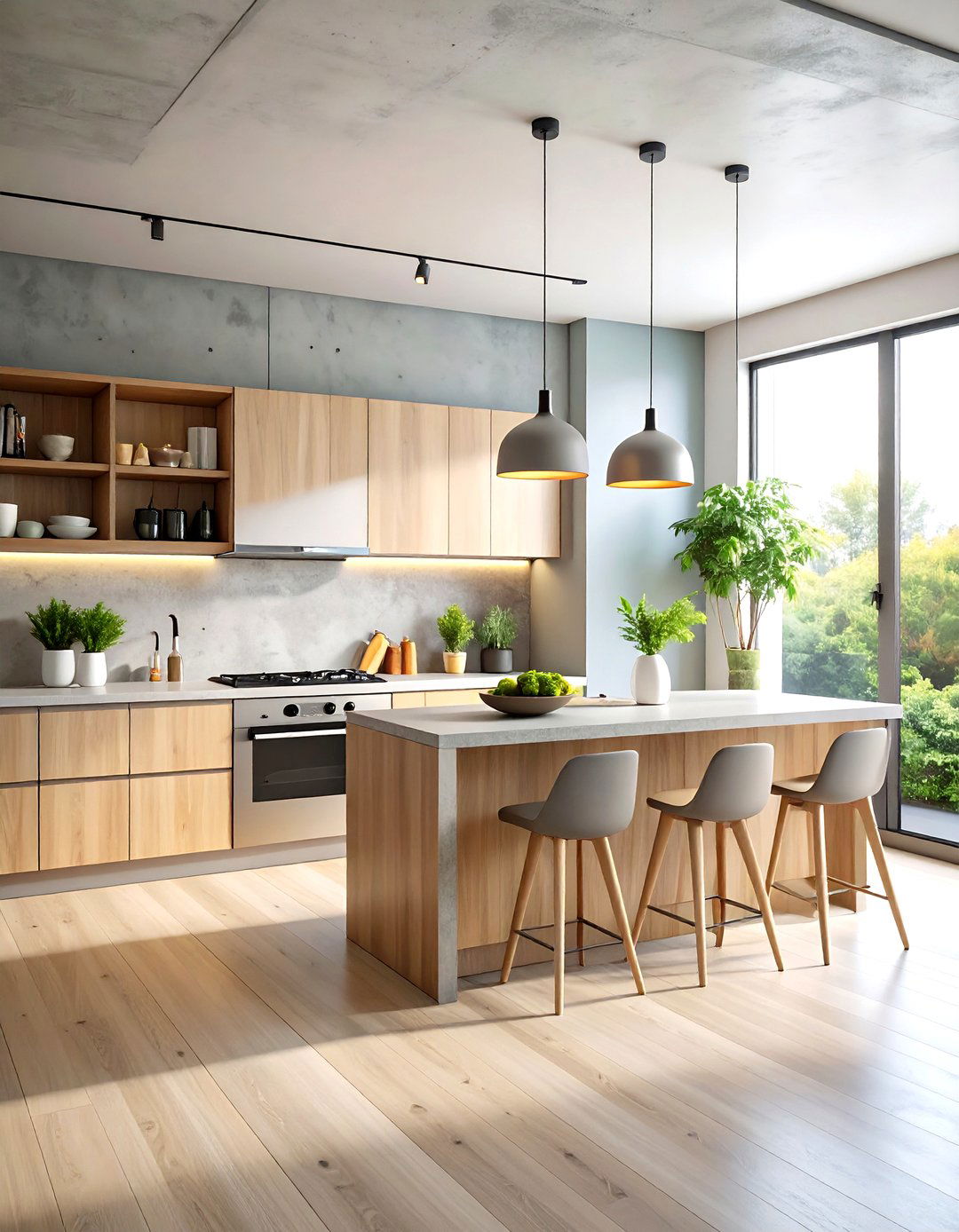
A concrete skim coat applies a thin layer of microcement over drywall or existing substrates to create an industrial-chic aesthetic. The smooth, matte surface highlights subtle variations in tone, lending rooms a minimalist, modern edge. Resistant to moisture and cracking when properly sealed, skim-coated walls are low-maintenance and durable. Perfect for lofts, kitchens, and commercial-inspired interiors, they pair well with metal accents and open-plan layouts.
5. Beige Wave Texture
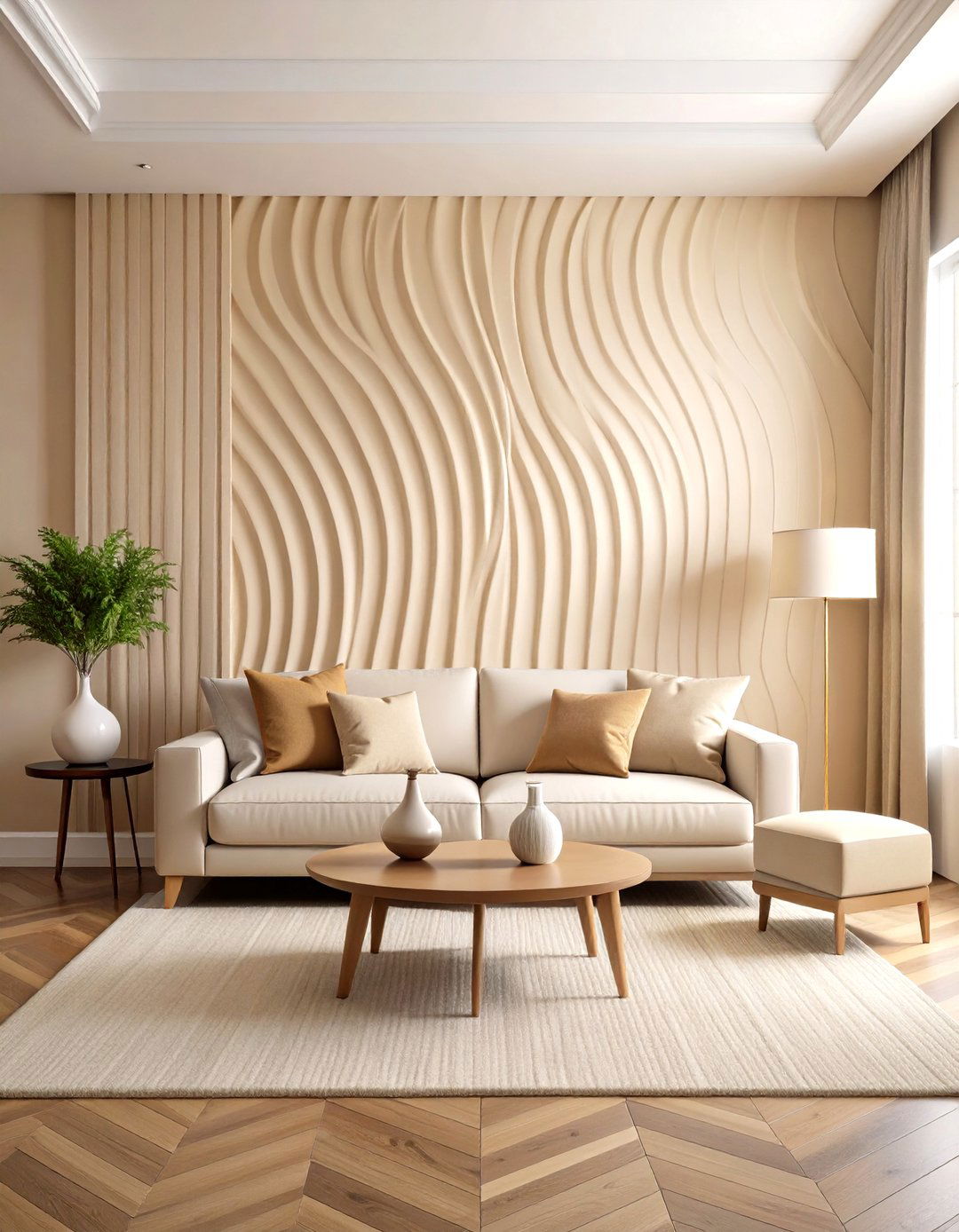
The beige wave texture features flowing, undulating lines crafted with a curved trowel, creating a softly rippled surface. Its neutral, sandy hue provides a warm backdrop that complements both bold and muted furnishings. This subtle pattern introduces movement and depth without overwhelming the space. Ideal for formal living rooms or serene bedrooms, it balances elegance with understated interest.
6. Cement Texture
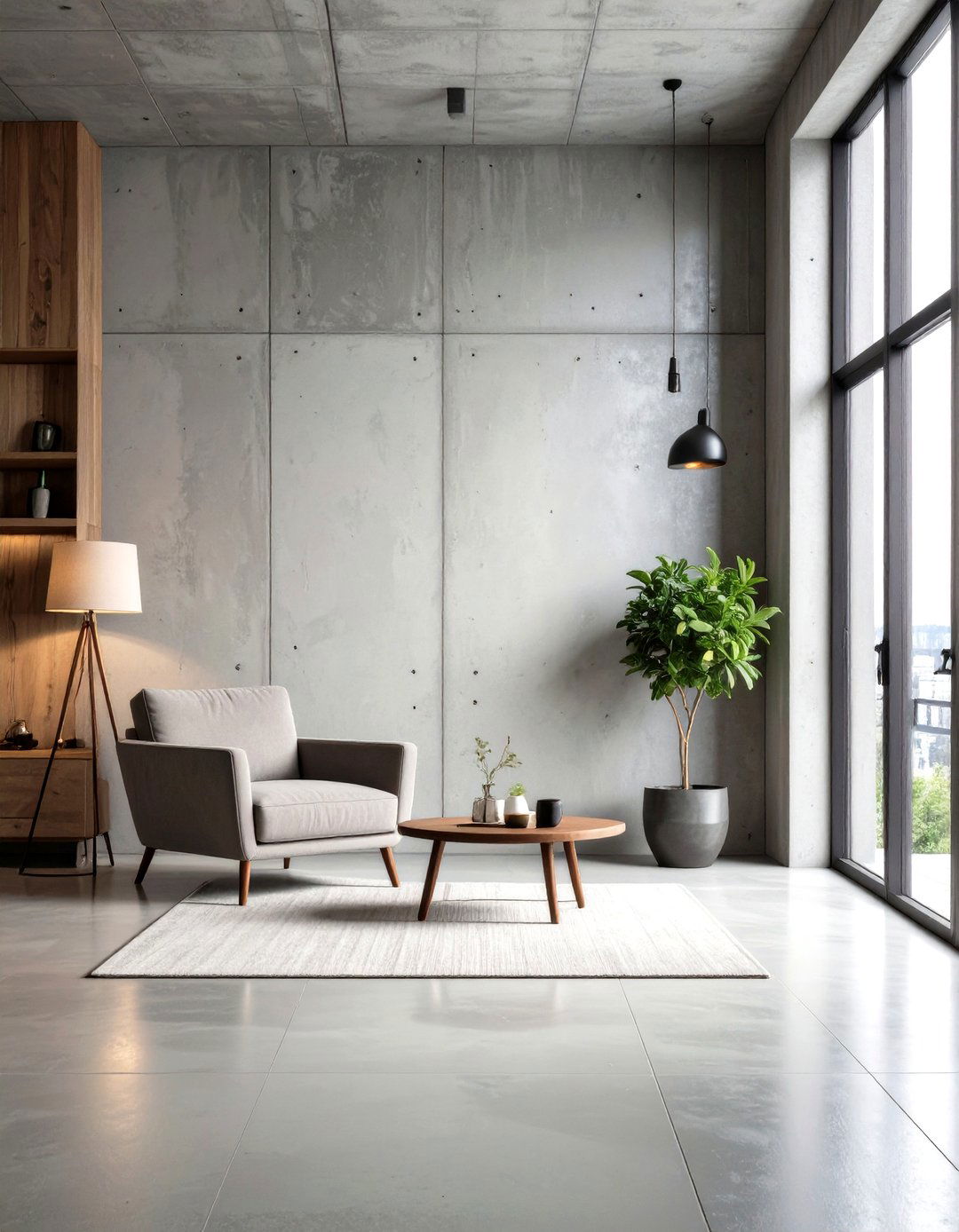
Cement-textured walls embrace the raw, tactile qualities of rendered concrete, often achieved with trowel-applied plaster infused with fine aggregates. The neutral gray tone and organic imperfections lend a minimalist, industrial feel. Durable and moisture-resistant, this finish suits modern kitchens, bathrooms, and urban lofts. It pairs effortlessly with sleek metal fixtures and minimalist décor.
7. Textured Mint Walls
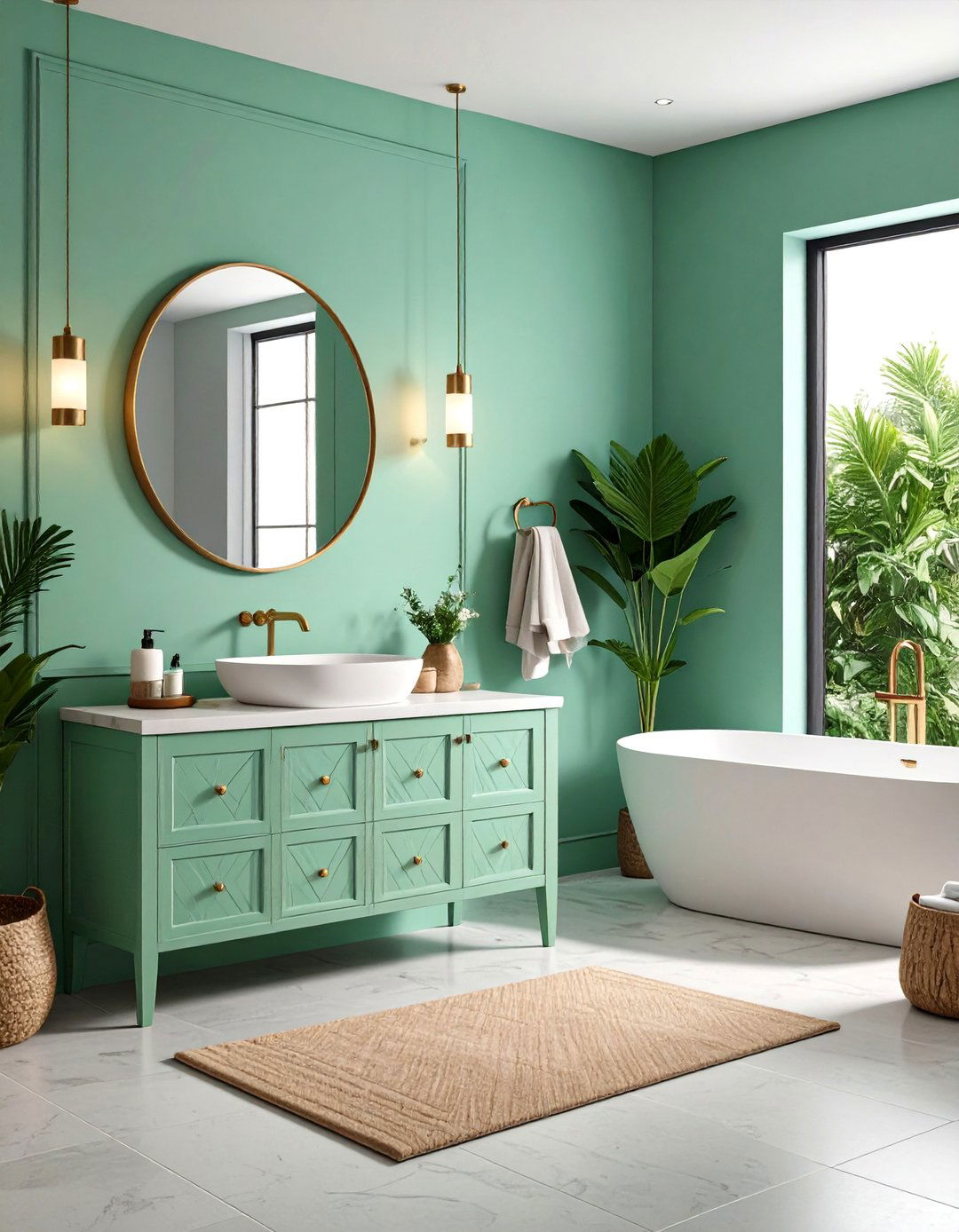
A textured mint finish applies a pastel green base with raised patterns—like stenciled designs or Venetian trowel marks—for fresh, playful charm. The light mint hue refreshes rooms while the texture adds dimension. Best for powder rooms, nurseries, or accent walls, it brings a touch of whimsy and tranquility. Its soft color helps reflect light, making small spaces feel airier.
8. Sand Textured Walls
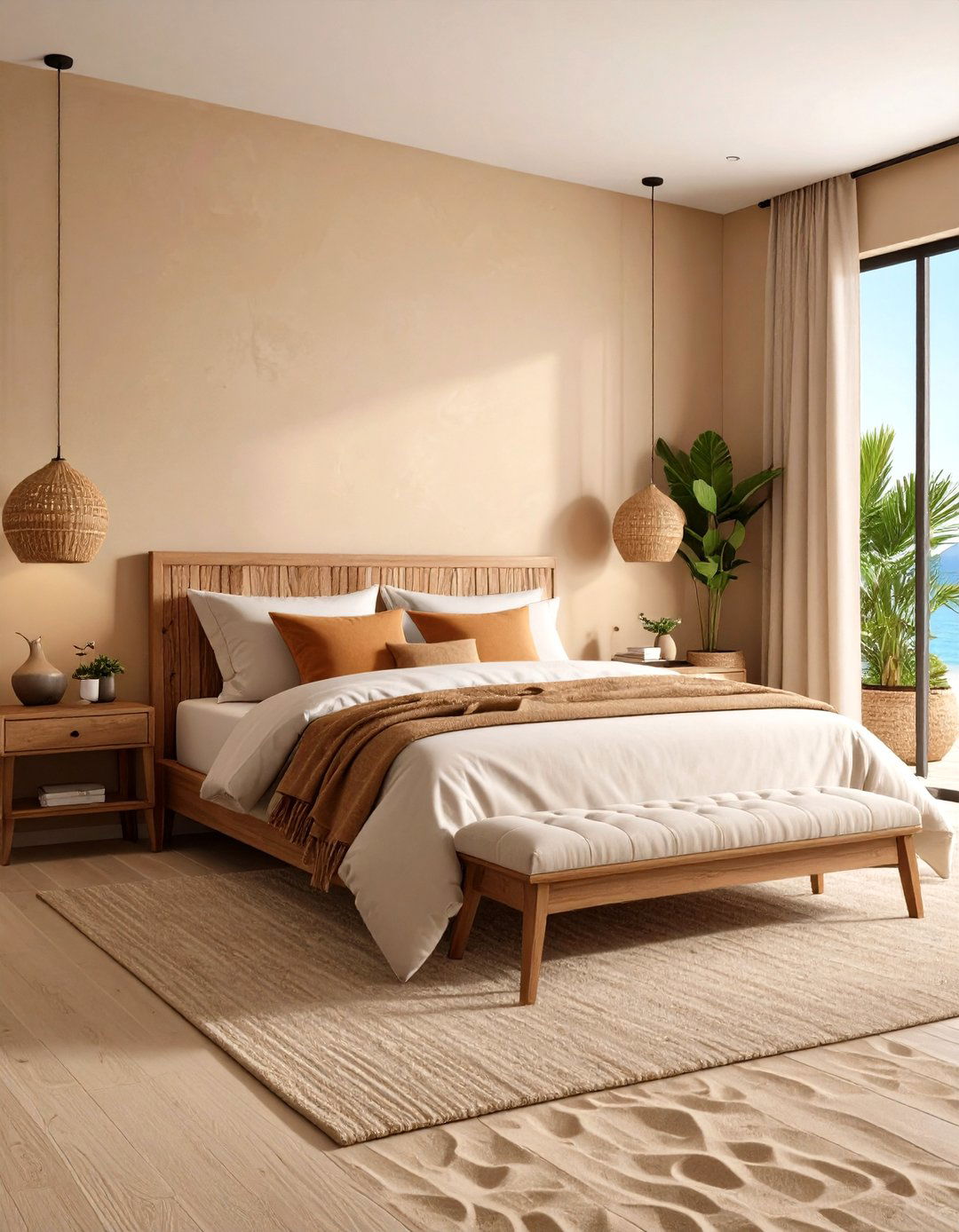
Sand textured walls incorporate fine silica sand into paint or plaster, creating a granular, beach-inspired finish. The warm, sandy tones evoke coastal elegance and hide minor imperfections. Applied with a roller or trowel, this finish adds tactile interest and a casual vibe. Ideal for living areas or bedrooms with natural, light-toned décor, it imparts a laid-back, organic feel.
9. Rag Rolling Texture
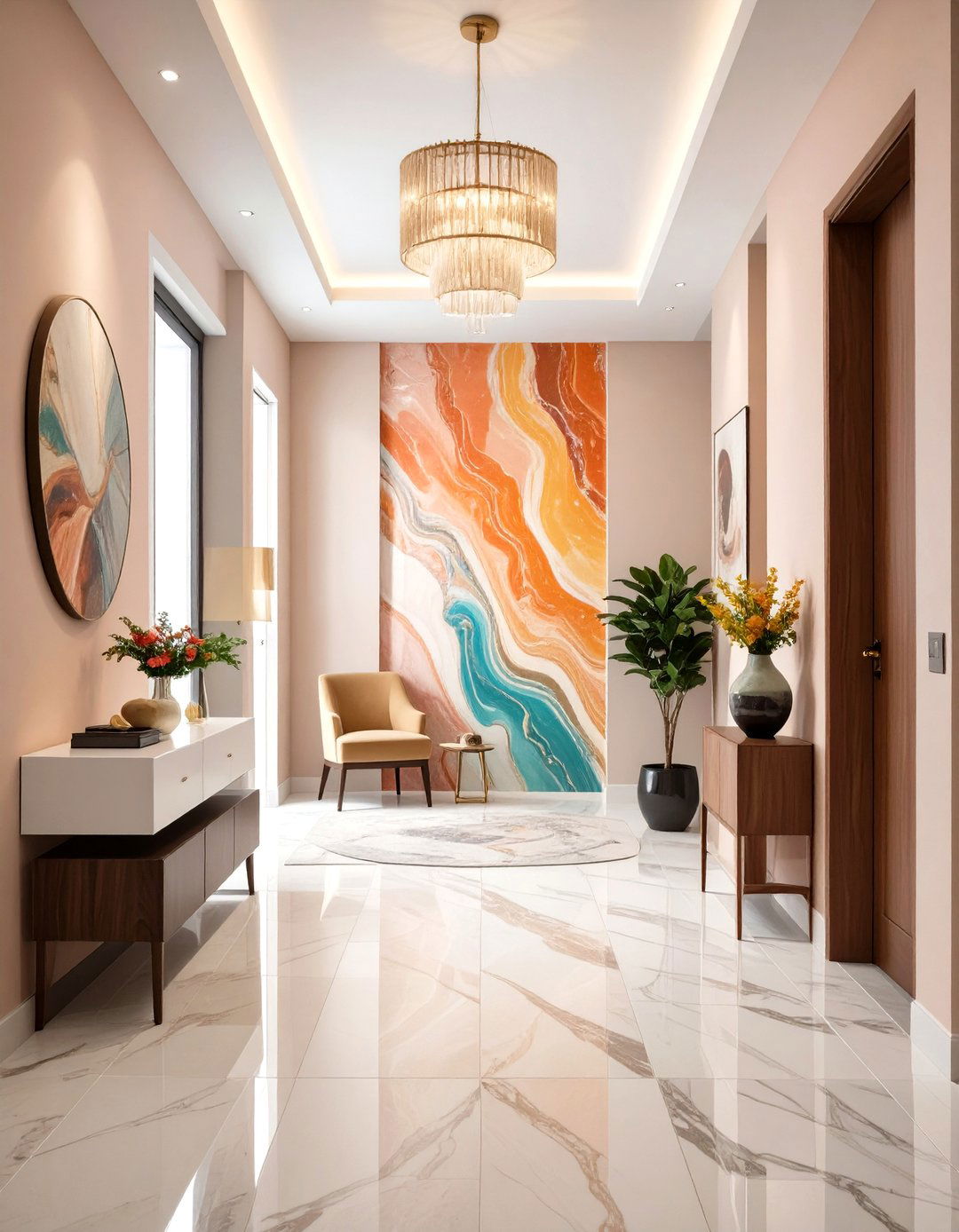
Rag rolling uses a rag dipped in glaze or thinned paint, rolled over the base coat to create a soft, marbled look with irregular patterns. This DIY-friendly technique yields a personalized finish and layers of translucent color. It conceals minor wall blemishes and adds depth without heavy tools. Perfect for accent walls in living rooms or hallways, rag rolling brings a cozy, handcrafted charm.
10. Stone Veneer
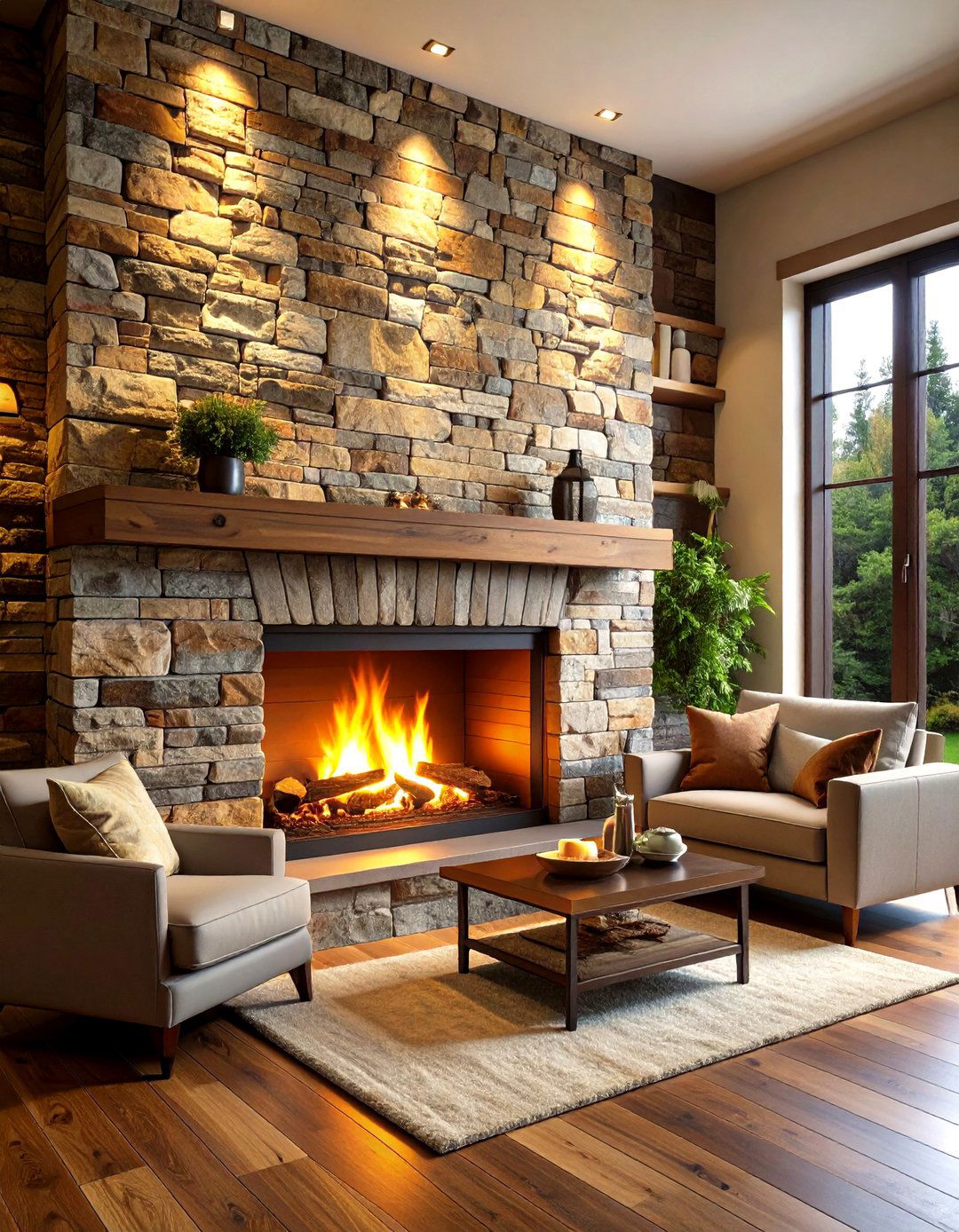
Stone veneer panels mimic natural stone—including slate, limestone, and quartzite—offering the rugged texture of masonry without structural work. Prefabricated and lightweight, veneers install easily over existing walls. The rich, tactile surface adds rustic or alpine character to fireplaces, feature walls, and exteriors. Suitable for both modern and traditional schemes, stone veneer supplies enduring texture.
11. Board and Batten
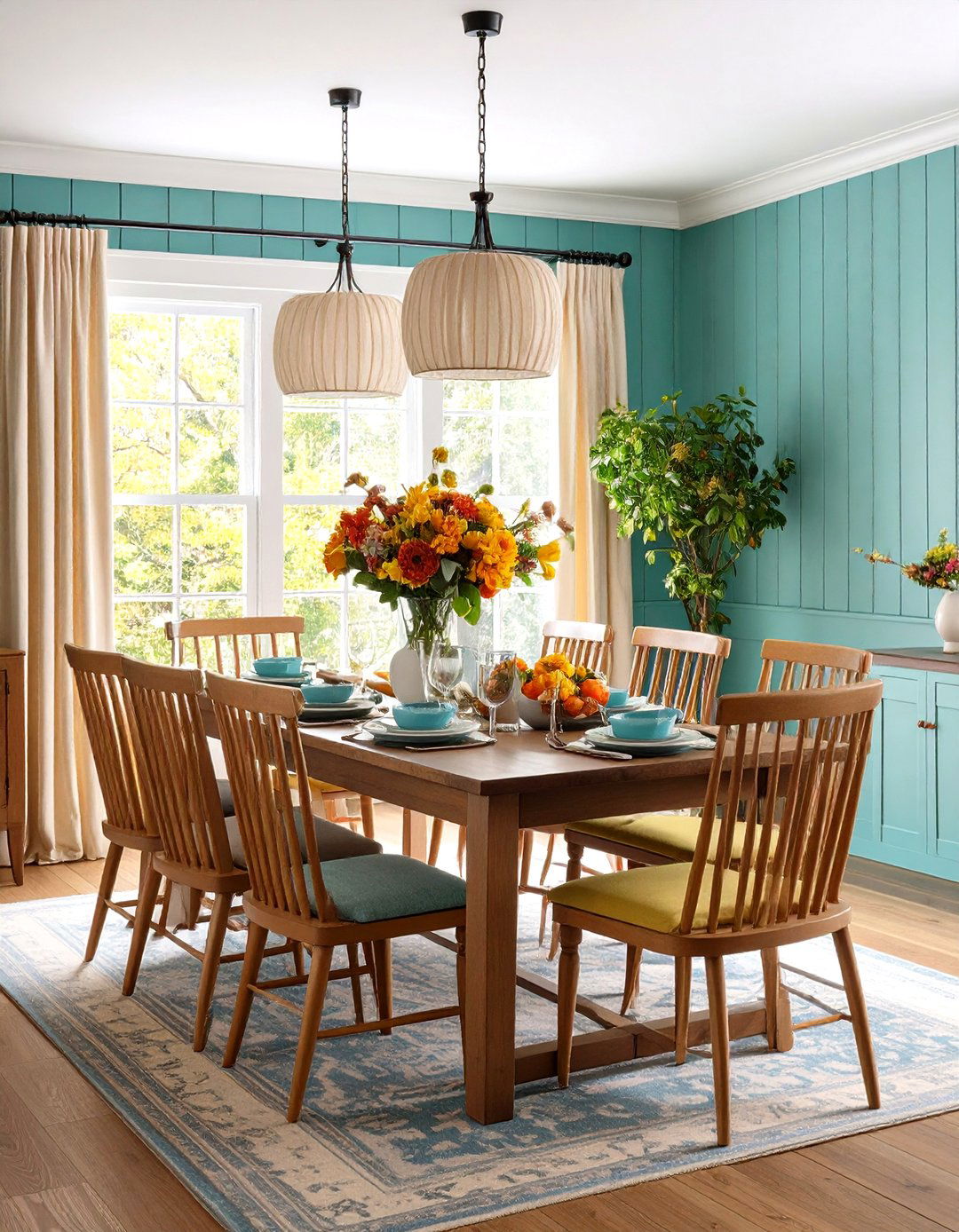
Board and batten consists of wide vertical boards overlaid with narrow battens to create linear relief and architectural interest. Painted or stained, this style adds height and rhythm to walls. Commonly used in hallways, dining rooms, and bedrooms, it conveys farmhouse charm or modern crispness when painted monochrome. Board and batten also serves as wainscoting for added protection and visual appeal.
12. Metallic Accents
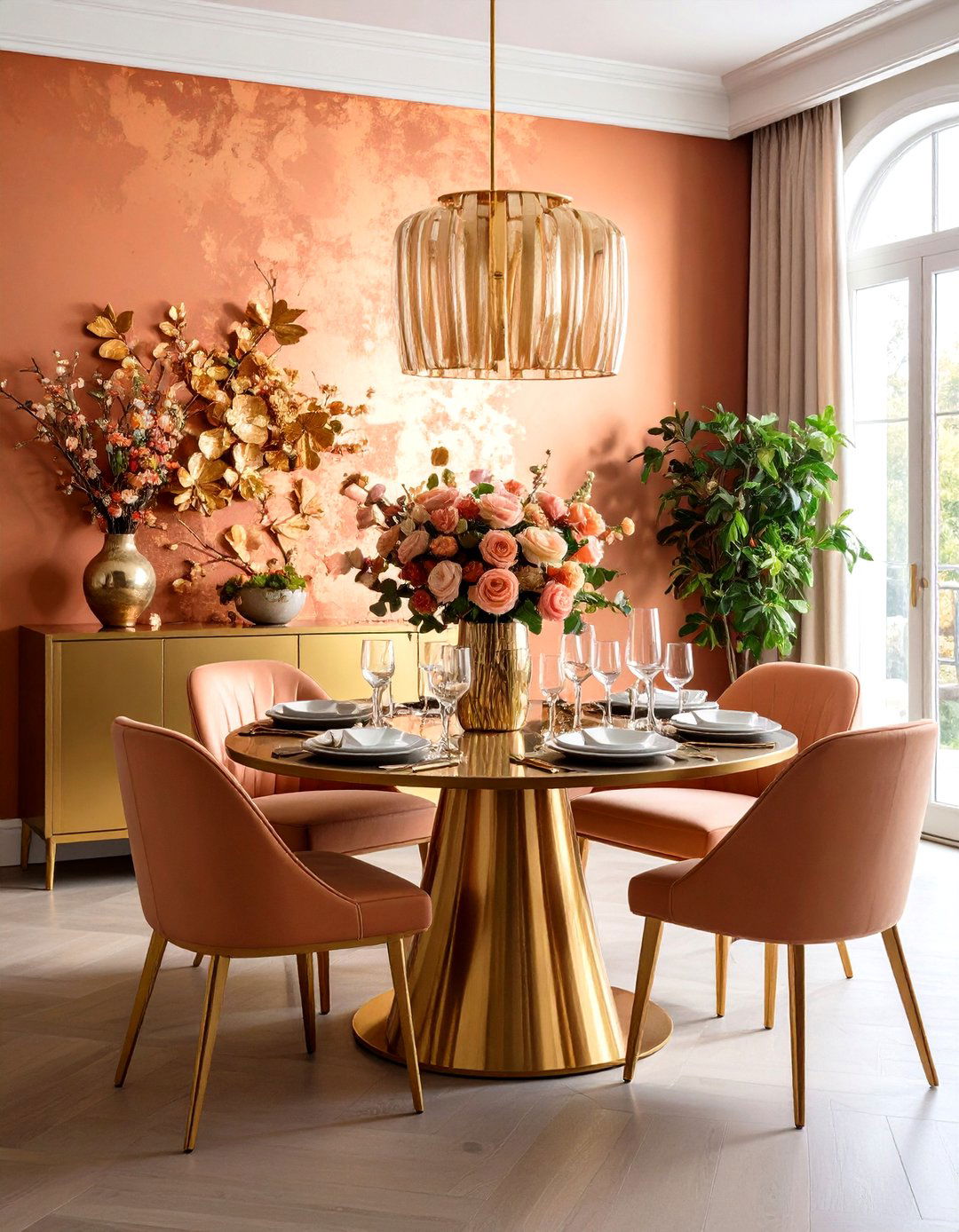
Metallic accent textures incorporate shimmering paints or leaf applications—gold, silver, copper—applied via trowel or brush for luminous veins and highlights. The reflective particles catch light, making rooms feel more spacious and opulent. Ideal for dining rooms, powder rooms, and feature niches, metallic finishes inject glamour and drama. They pair beautifully with jewel-toned furnishings and contemporary art.
13. Wood Paneling
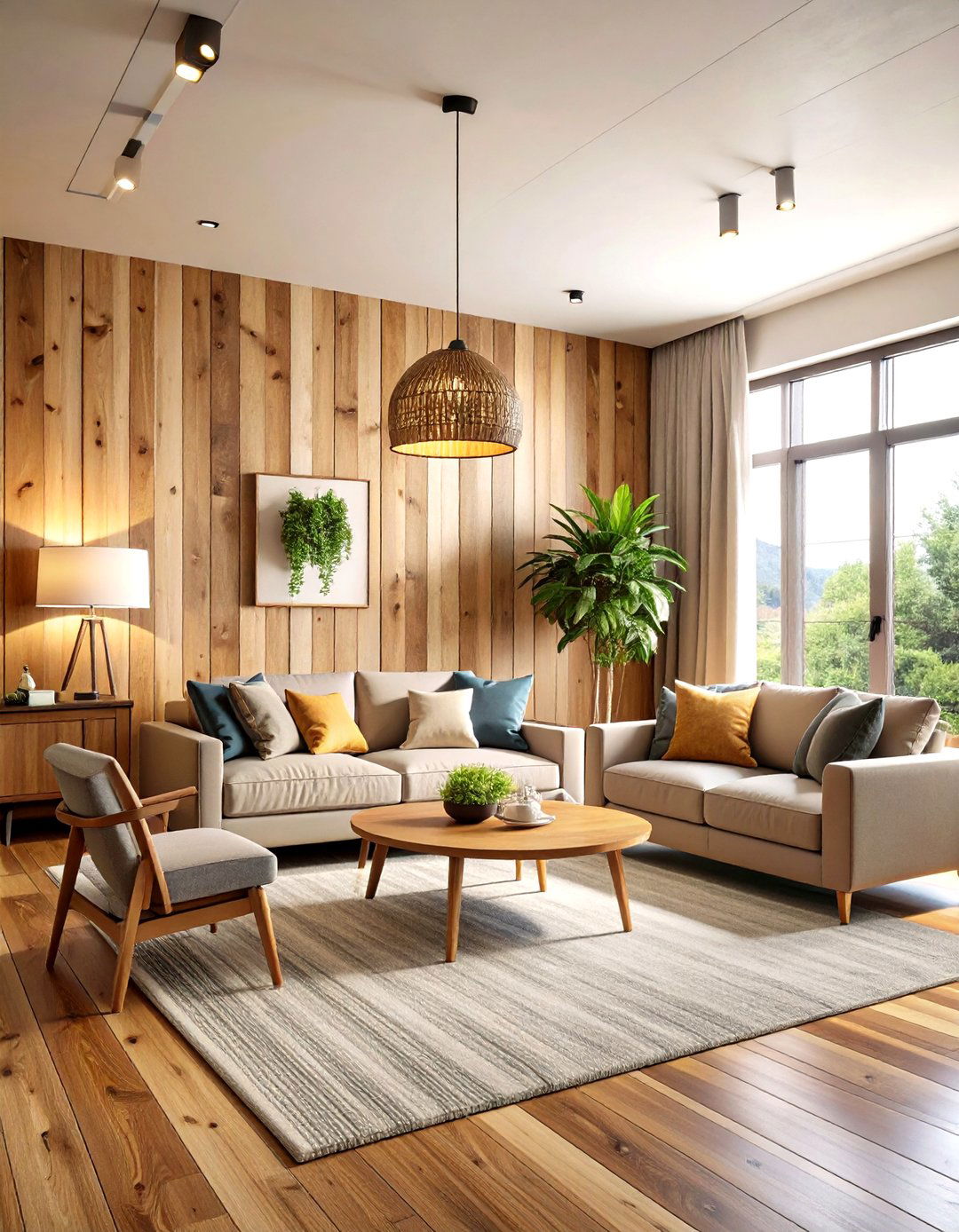
Wood paneling—whether shiplap, tongue-and-groove boards, or reclaimed planks—adds warmth, texture, and natural grain patterns. Panels can be arranged horizontally, vertically, or in herringbone patterns for varied visual effects. Lightly whitewashed or dark-stained, wood walls complement rustic, coastal, and modern interiors. They also provide insulation and acoustic benefits in family rooms and bedrooms.
14. Exposed Brick
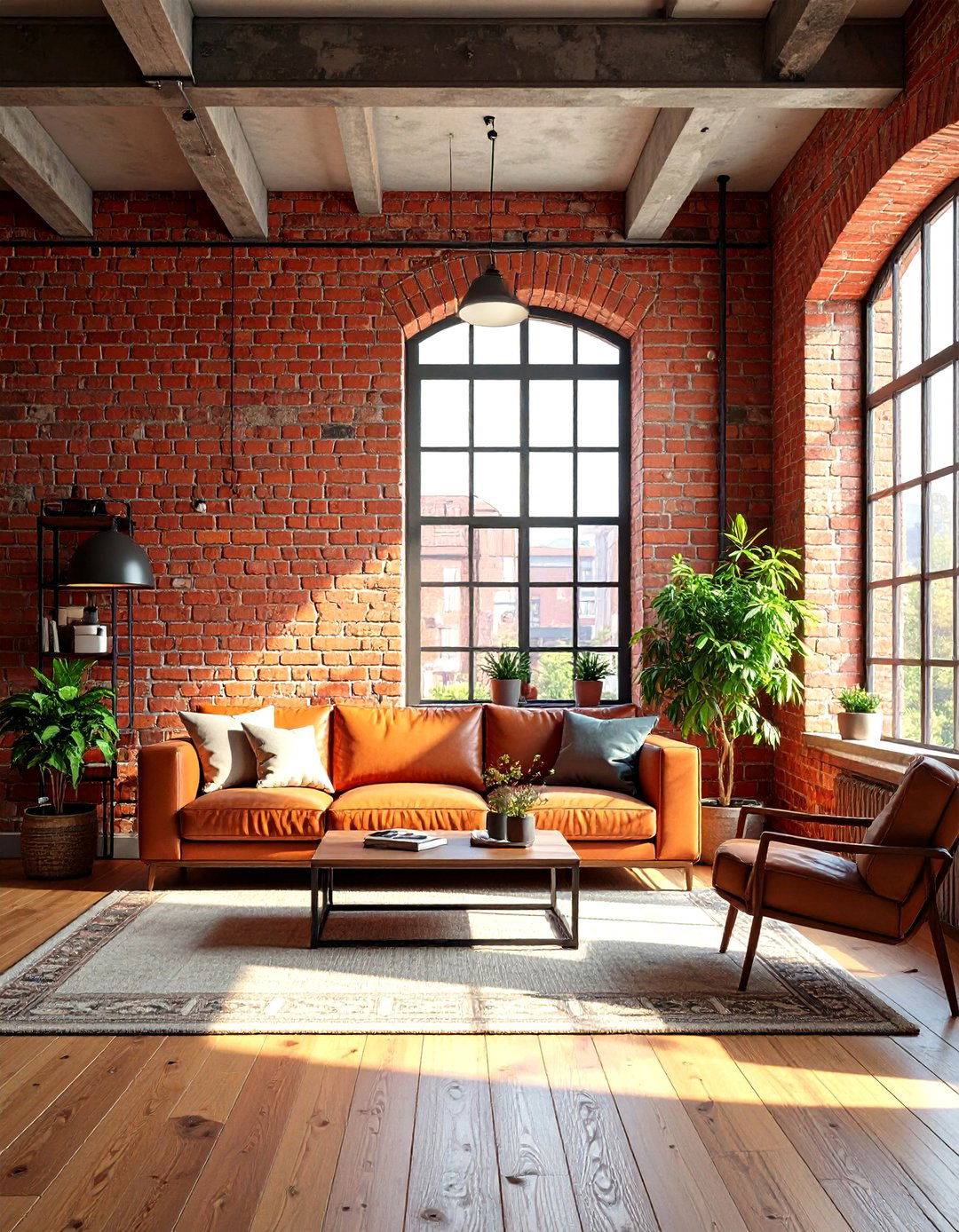
Exposed brick walls celebrate the raw texture of masonry, adding industrial or loft-style character. Whether genuine or faux brick veneer, the uneven surfaces create rich shadows and focal interest. Paired with metal and leather accents, brick walls evoke New York–style loft living. In cottages or converted warehouses, exposed brick bridges historic charm with modern design.
15. Spatula Technique
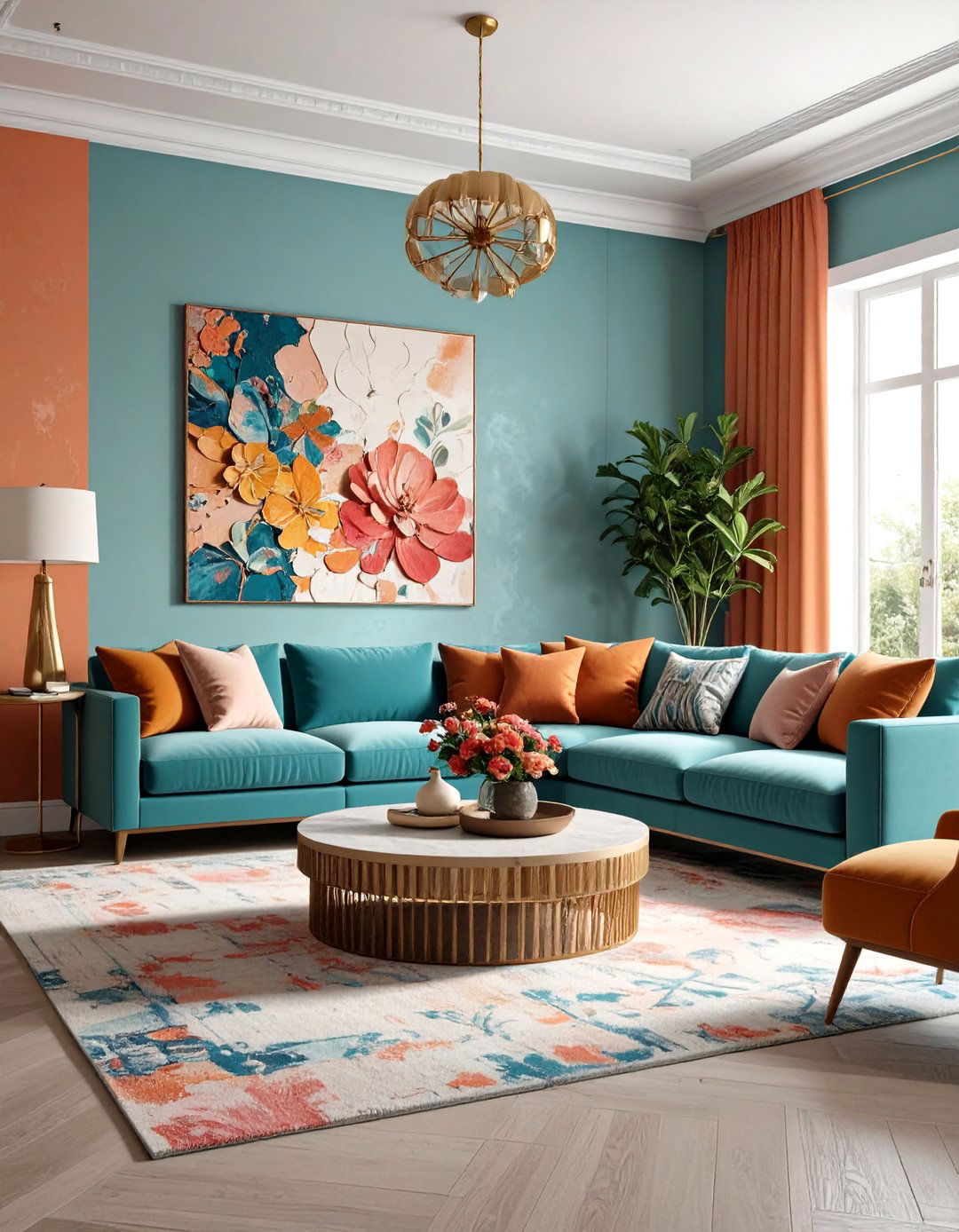
The spatula technique employs a broad knife to apply plaster or joint compound in random strokes, producing a painterly, organic texture. Each pass leaves ridges and valleys that catch light differently. This method works well in living areas and hallways for an artisanal, handcrafted aesthetic. Sealed with paint or wax, spatula-textured walls are durable and customizable.
16. Swirl Finish
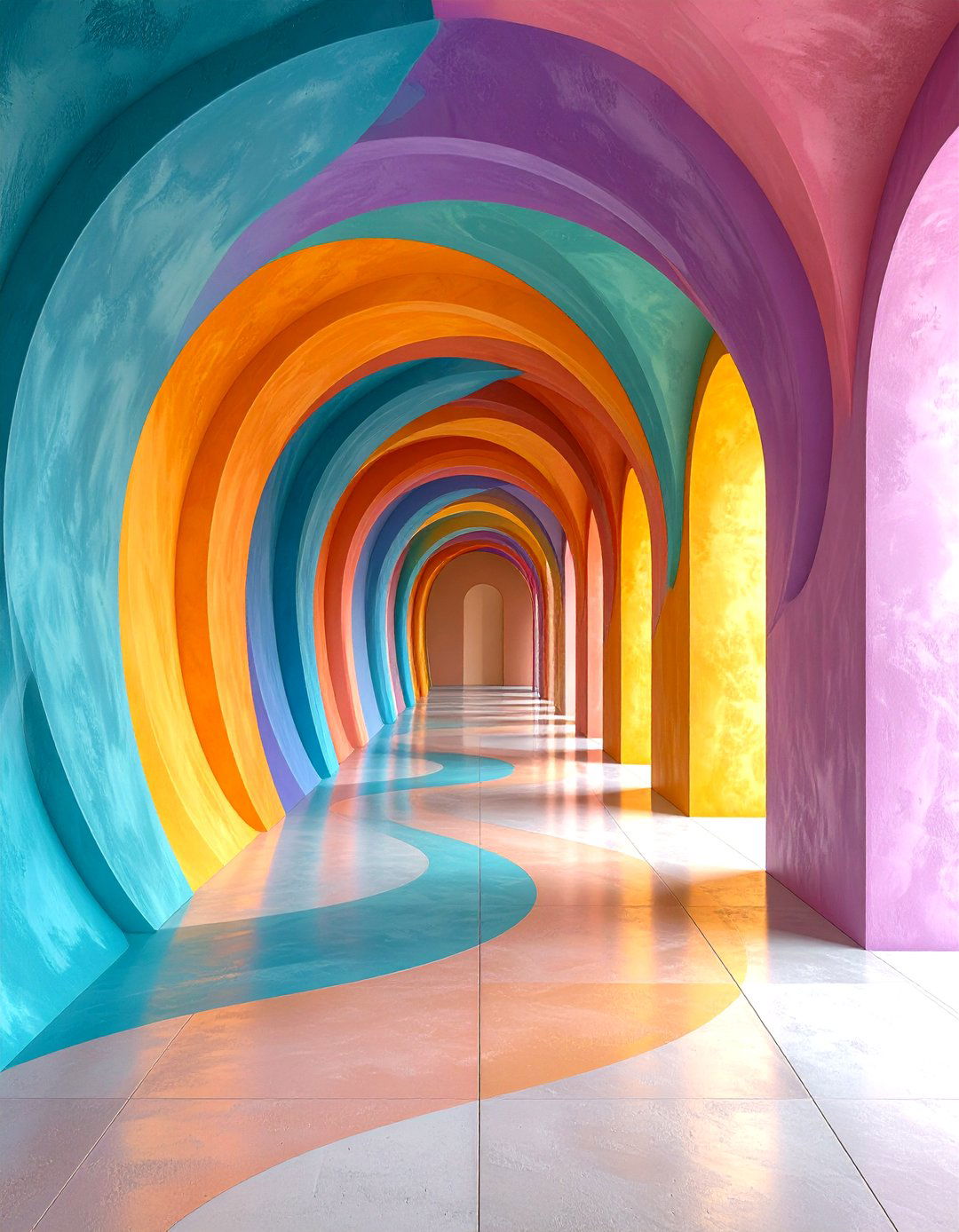
Swirl finishes create circular or figure-eight patterns in wet plaster or paint using a brush, sponge, or comb tool. The resulting loops and curves add playful rhythm and depth. Best for informal spaces like hallways and playrooms, swirl textures invite a relaxed, dynamic vibe. They can be applied in monochrome or two-tone effects for added contrast.
17. Linen Texture

Linen textures mimic woven fabric by pressing a textured roller or cloth into wet plaster or heavy-bodied paint. The subtle grid pattern adds soft visual interest and a tactile feel. Ideal for bedrooms and living rooms, linen finishes complement textile-rich décor and neutral palettes. They create a serene, layered backdrop for art and accessories.
18. Spackle Technique
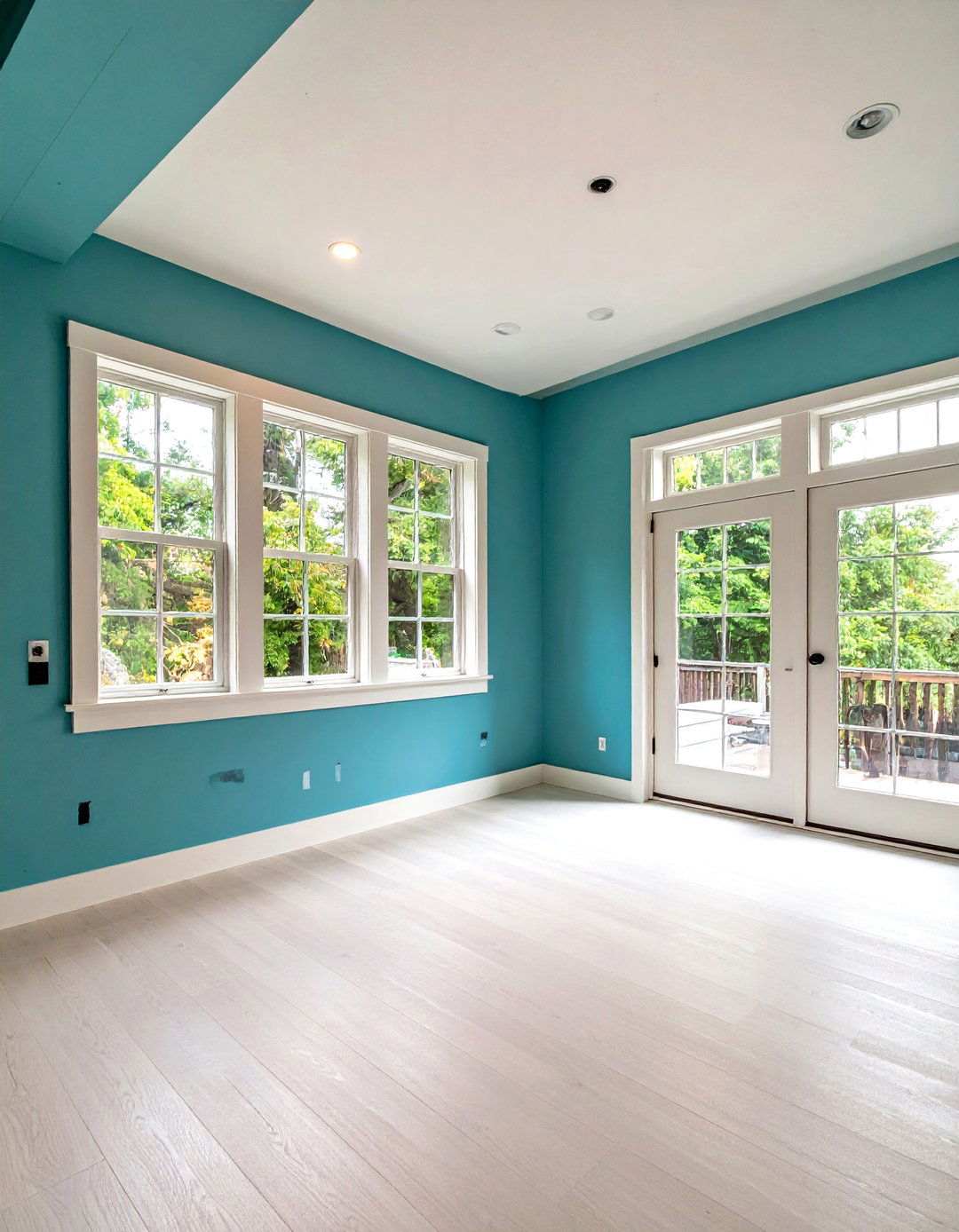
Spackle techniques apply thin coats of spackling compound, manipulated with brushes, sponges, or trowels to form raised, irregular textures. After drying, the surface is sanded or painted, revealing multi-level depth. This versatile method suits accent walls, ceilings, and alcoves for a custom, handcrafted look. It’s an affordable way to achieve rich textures without specialized materials.
19. Stucco Finish
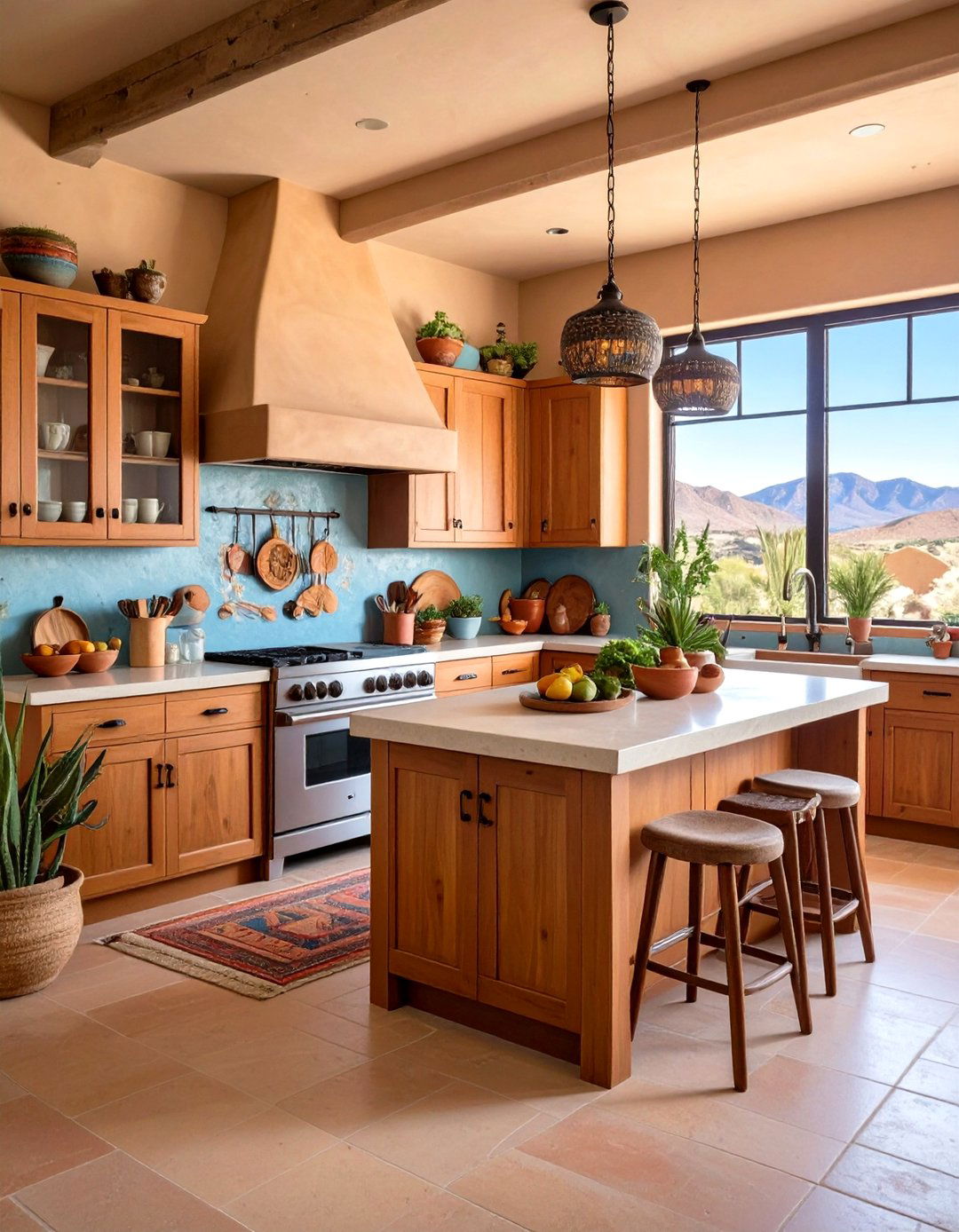
Stucco finishes use cement-based plaster applied in coarse or fine textures to exterior and interior walls. The rugged surface evokes Mediterranean architecture and is highly durable and weather-resistant. On interior walls, stucco adds tactile warmth and hides imperfections. Available in varied pigments, it brings artisanal charm to living rooms, kitchens, and courtyards.
20. Lacquered Paint Finish

A lacquered paint finish delivers a high-gloss, mirror-like sheen that reflects light and visually expands small spaces. The smooth, durable surface resists stains and scrubbing, making it practical for kitchens and bathrooms. Applied in multiple thin coats with careful sanding between layers, lacquer achieves unparalleled depth and brilliance. Use vibrant or dark hues for dramatic impact, or crisp whites for a sleek, contemporary look.
Conclusion:
From artisanal plasters like Venetian and Roman clay to contemporary paint techniques such as lacquered finishes and rag rolling, these 20 wall texture ideas offer limitless creative possibilities. Techniques like limewash, concrete skim coat, and stucco bring architectural authenticity and durability, while decorative methods—such as spatula application, swirl patterns, and metallic accents—add bespoke character and glamour. Natural materials, including stone veneer and wood paneling, enhance warmth and depth, and DIY-friendly options like spackle and sand textures make texture accessible to all skill levels. Whether you prefer a subtle backdrop or a bold statement wall, incorporating texture transforms flat surfaces into dynamic design features that elevate your home’s ambiance and style.


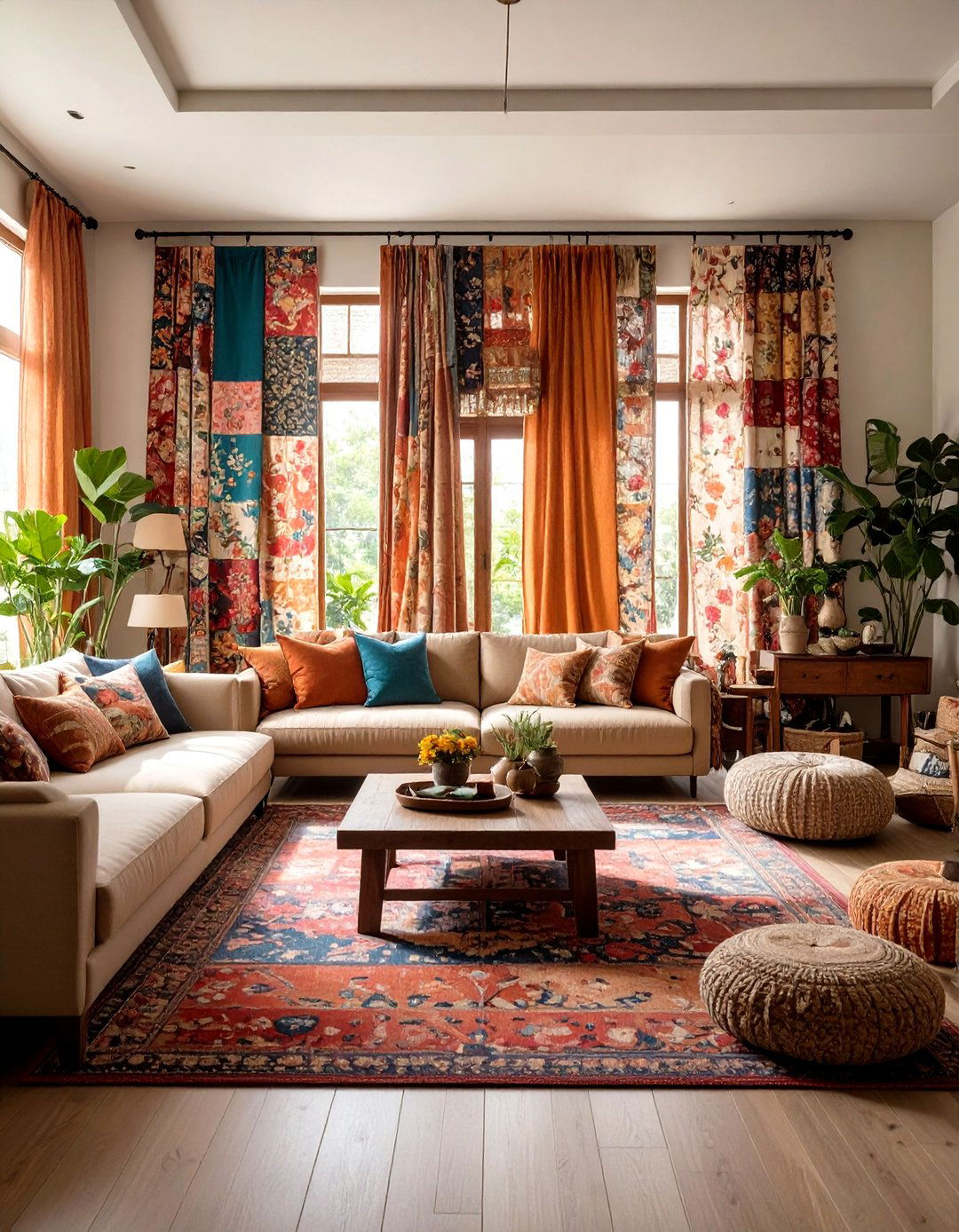
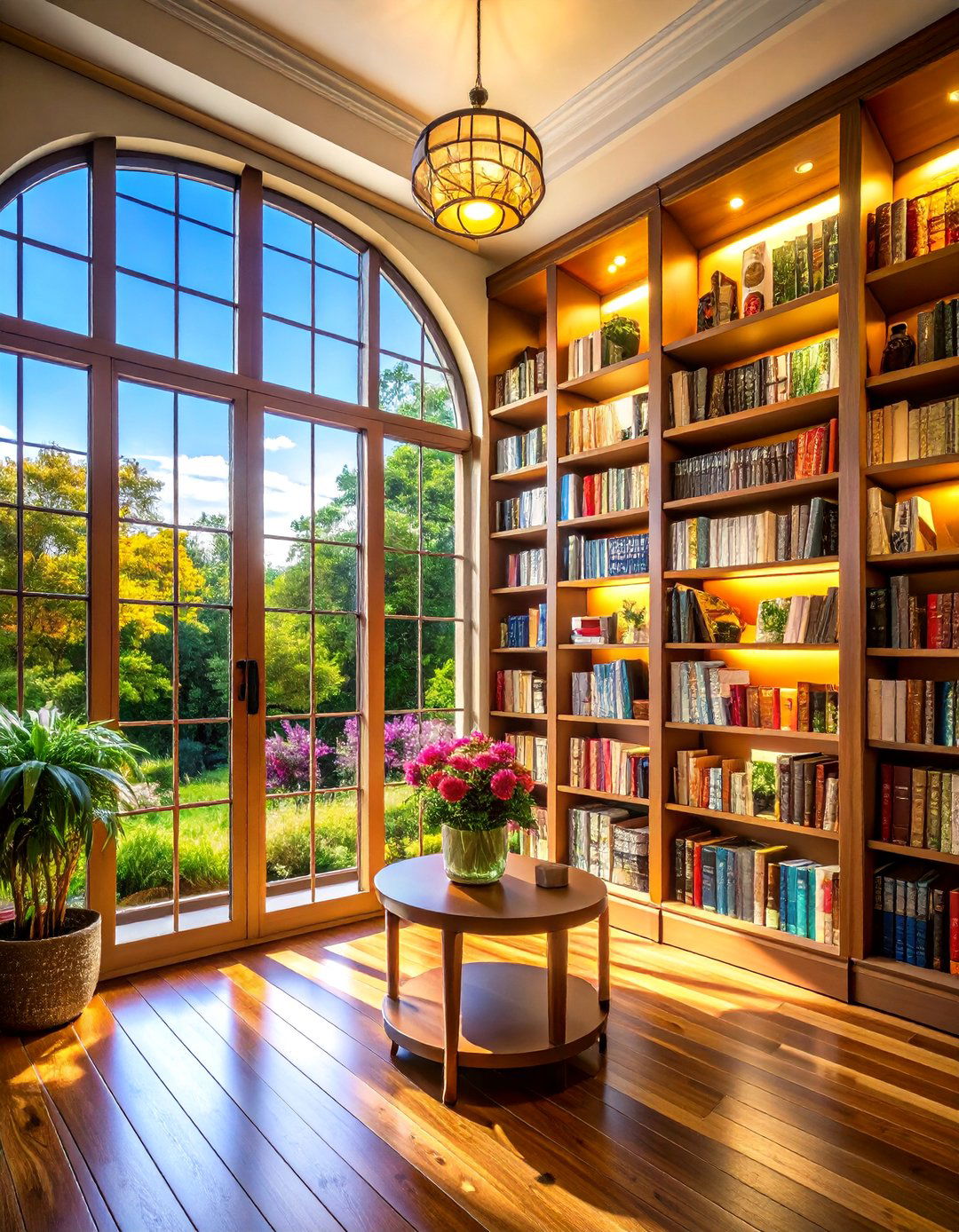
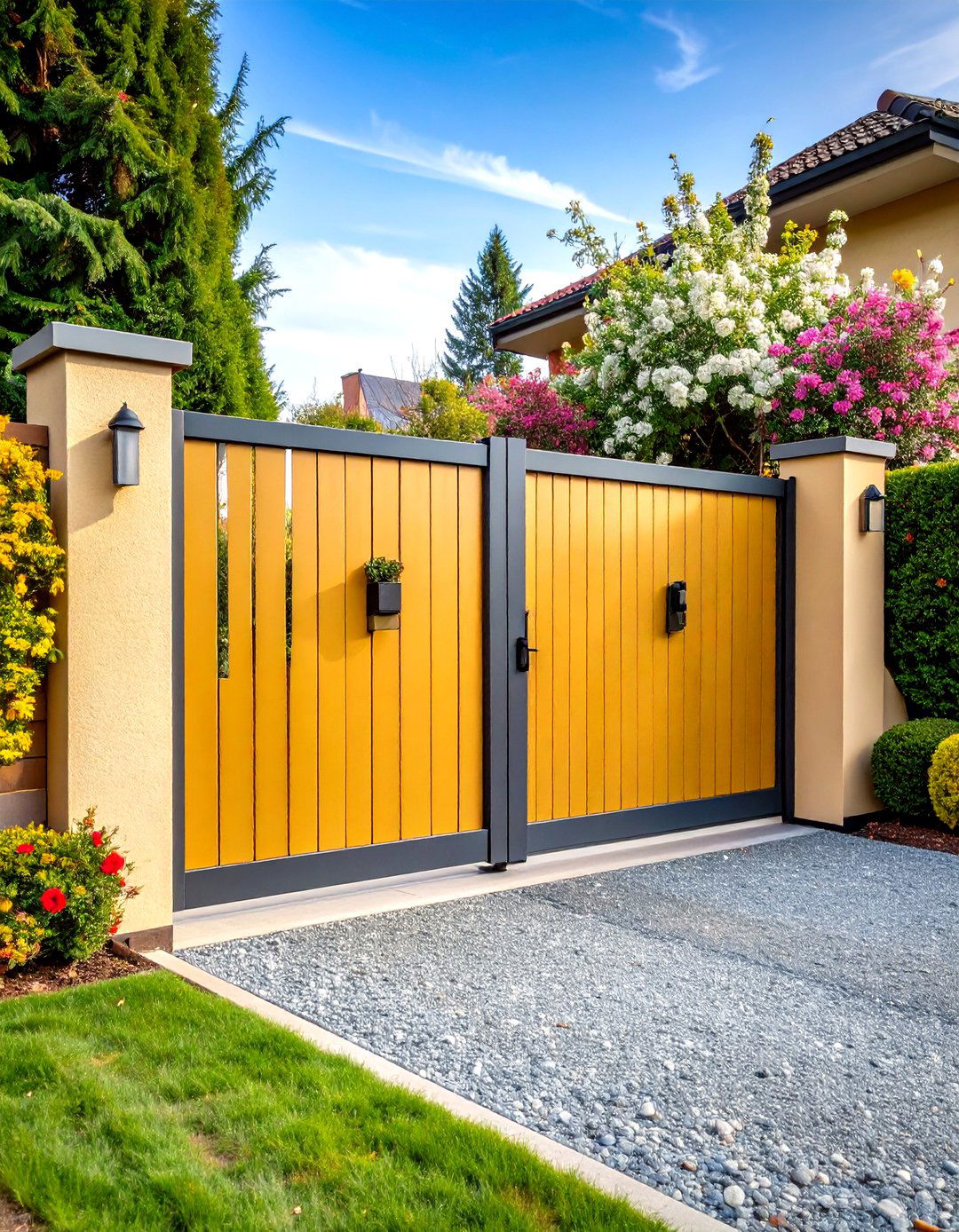
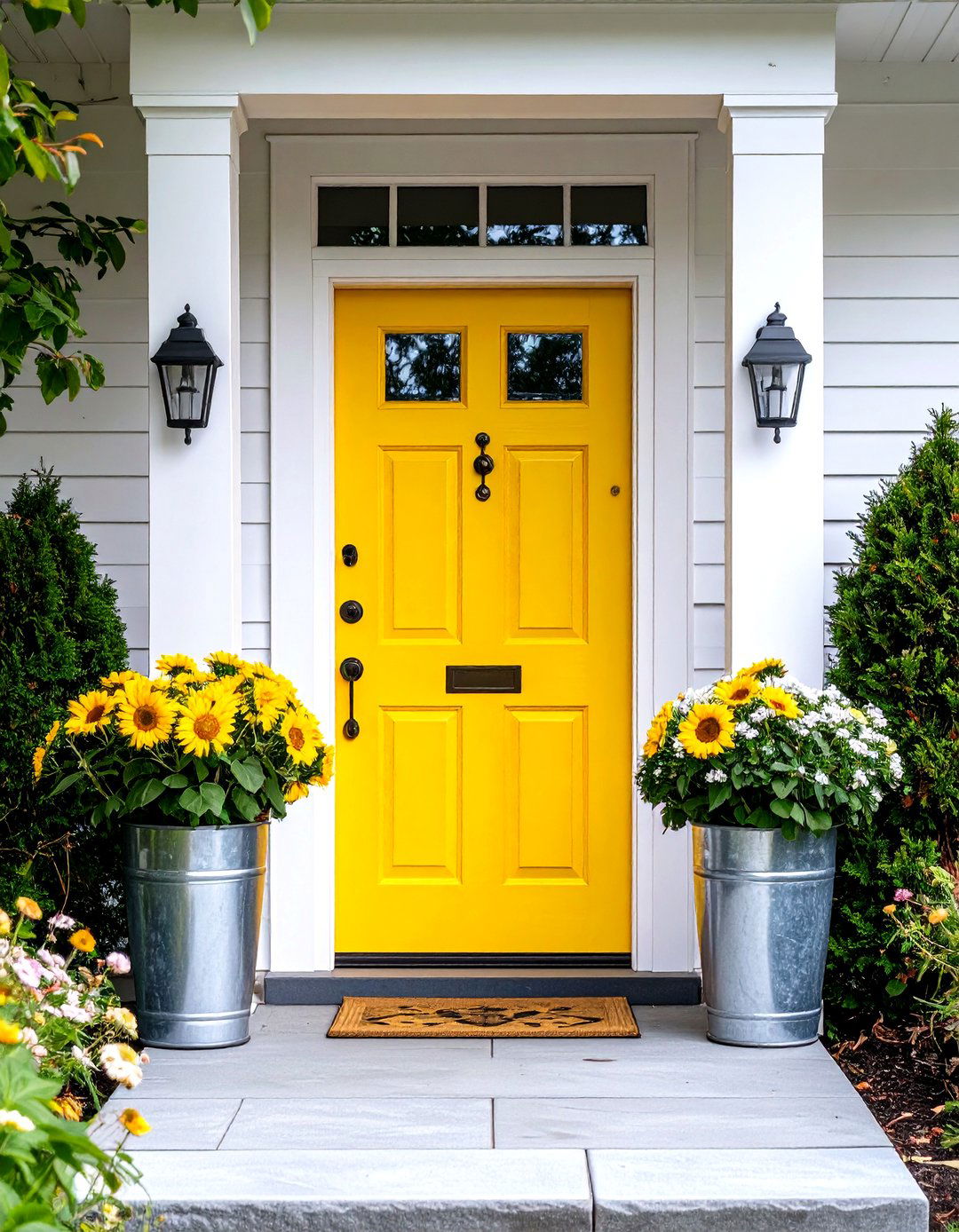
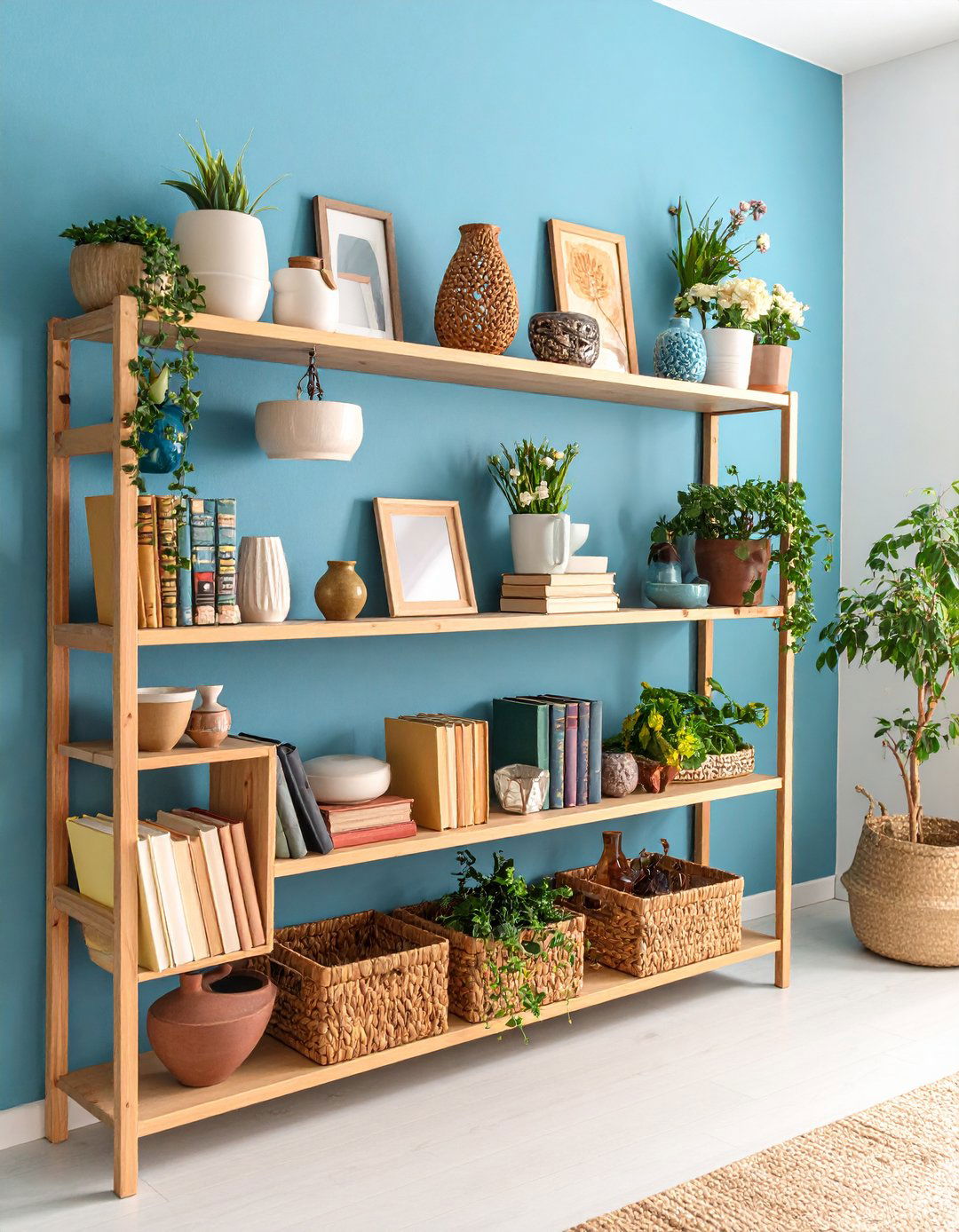


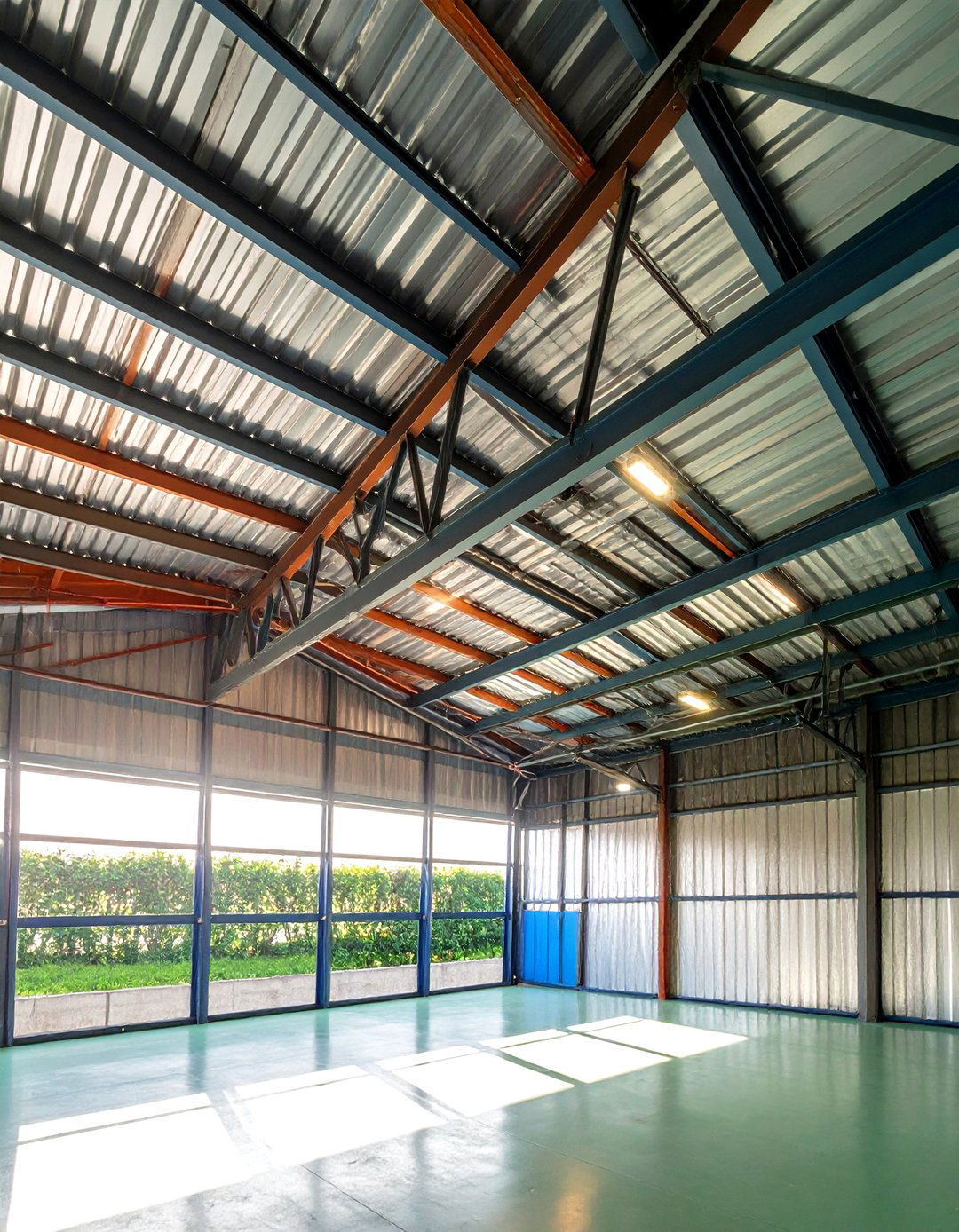
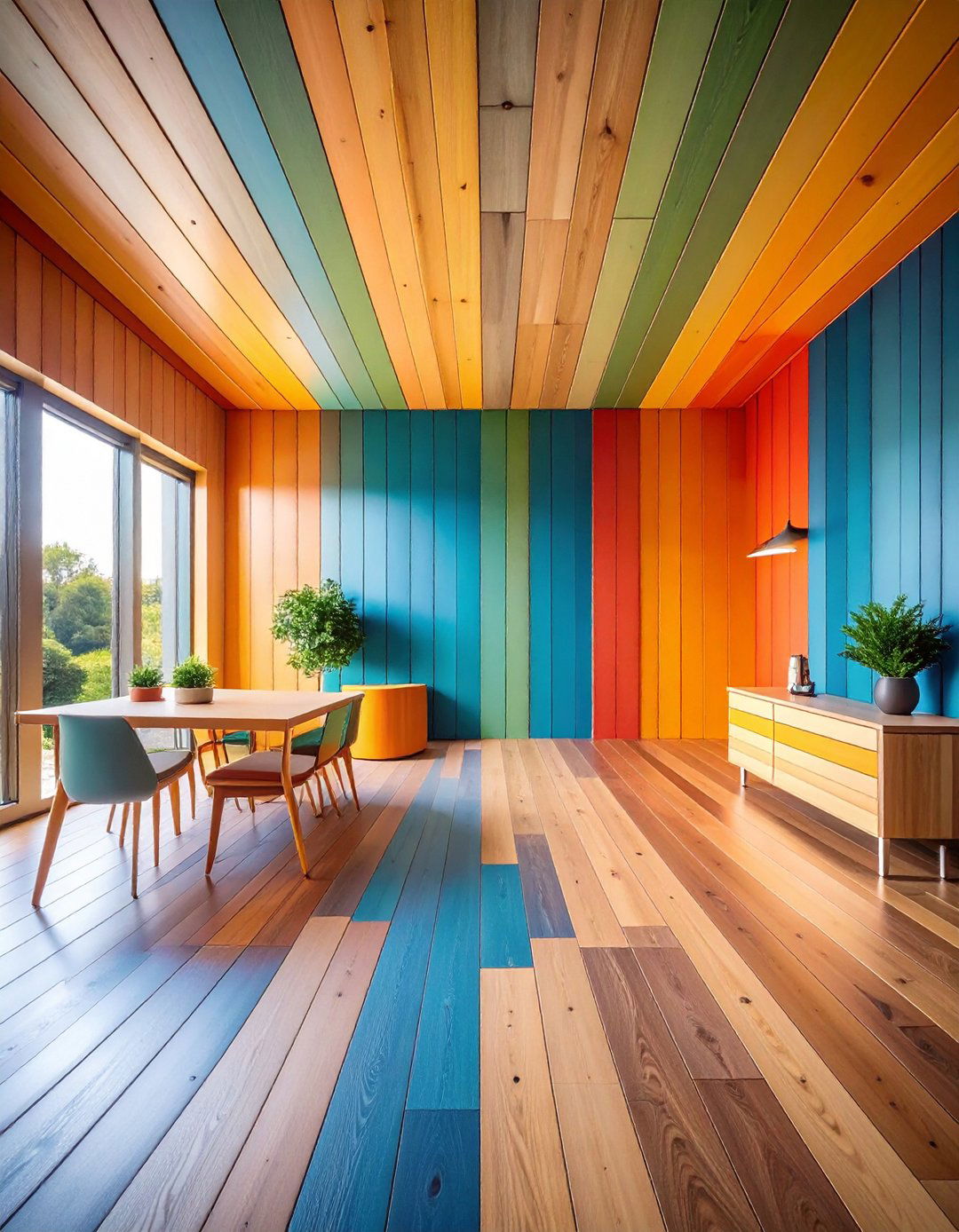
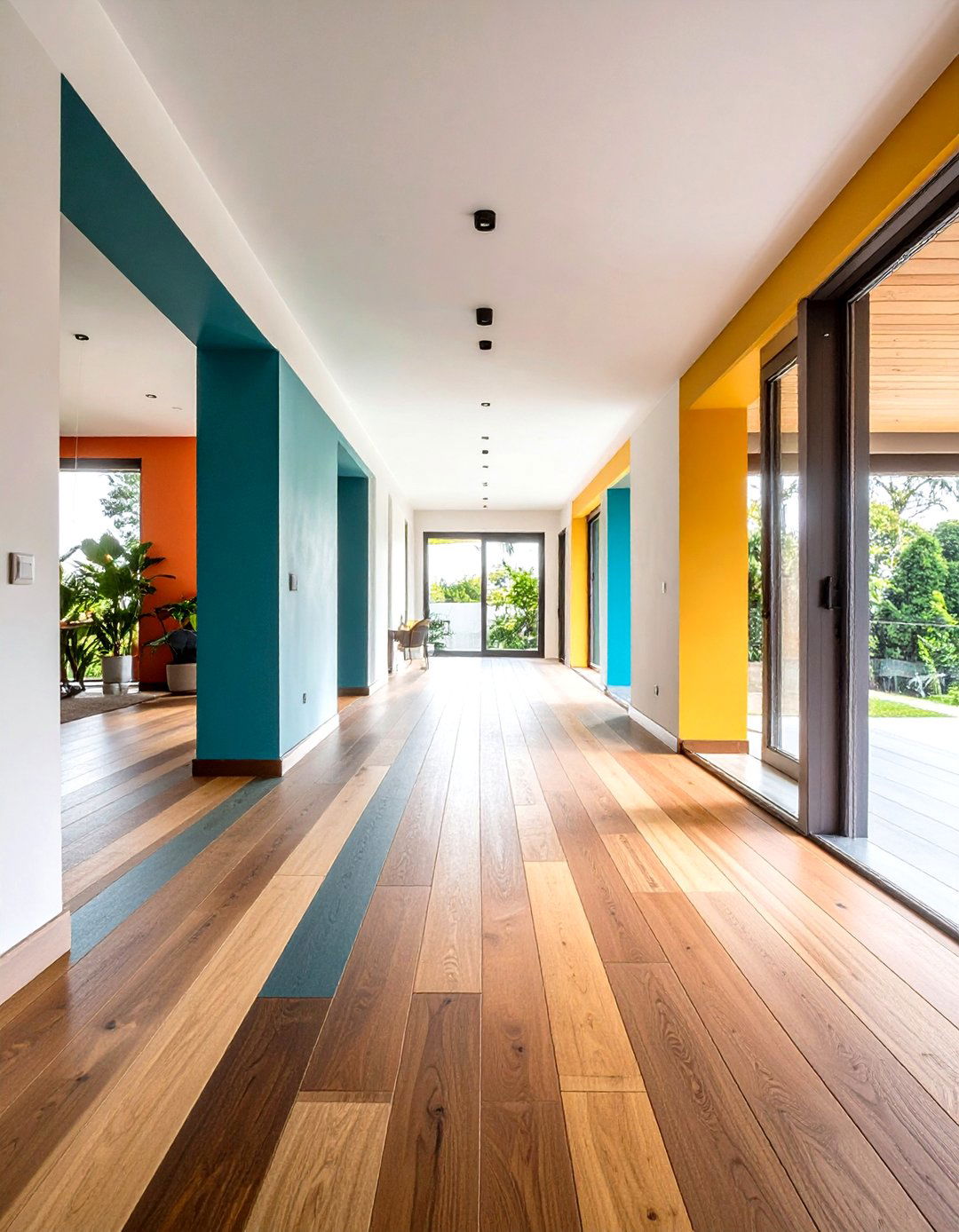
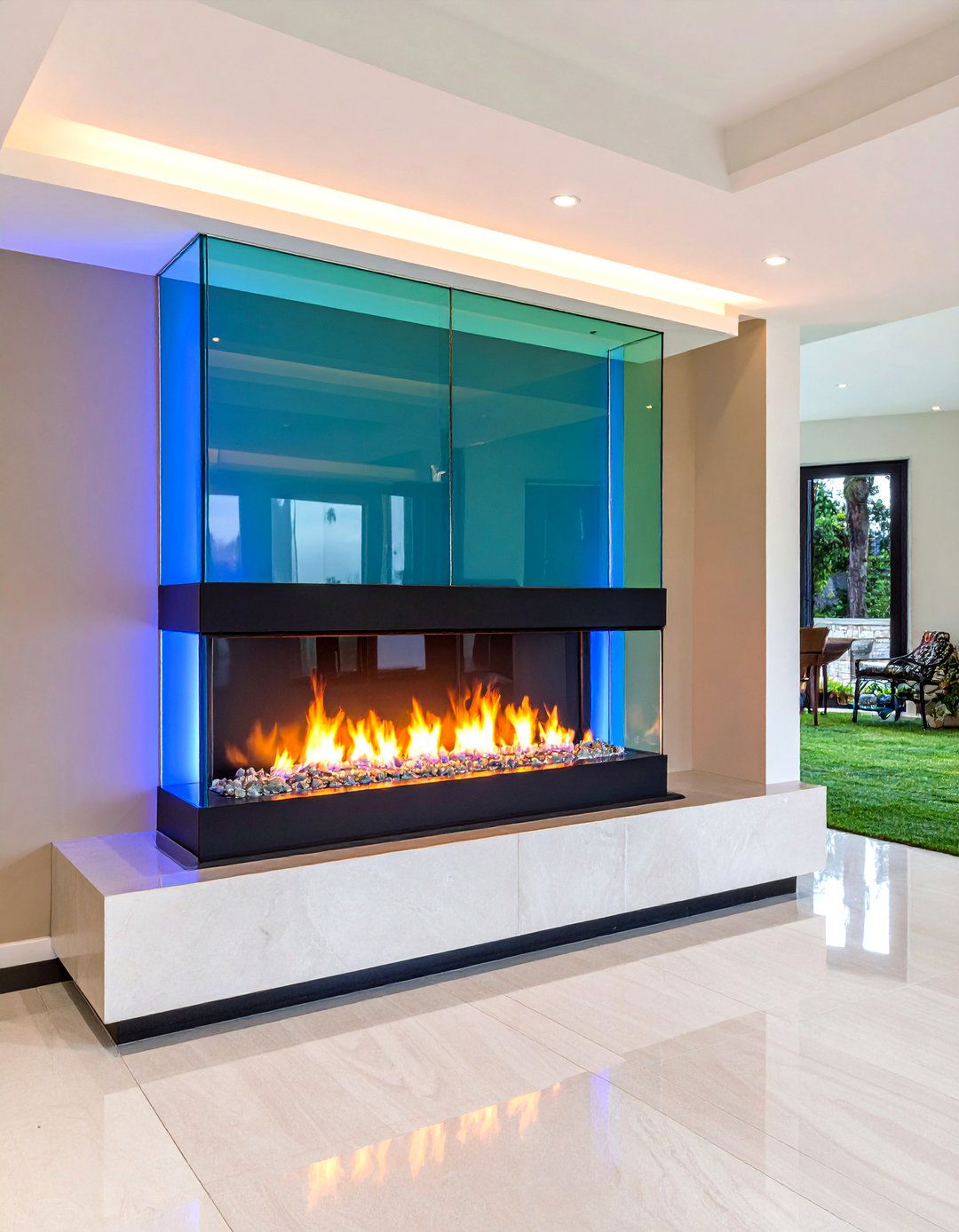
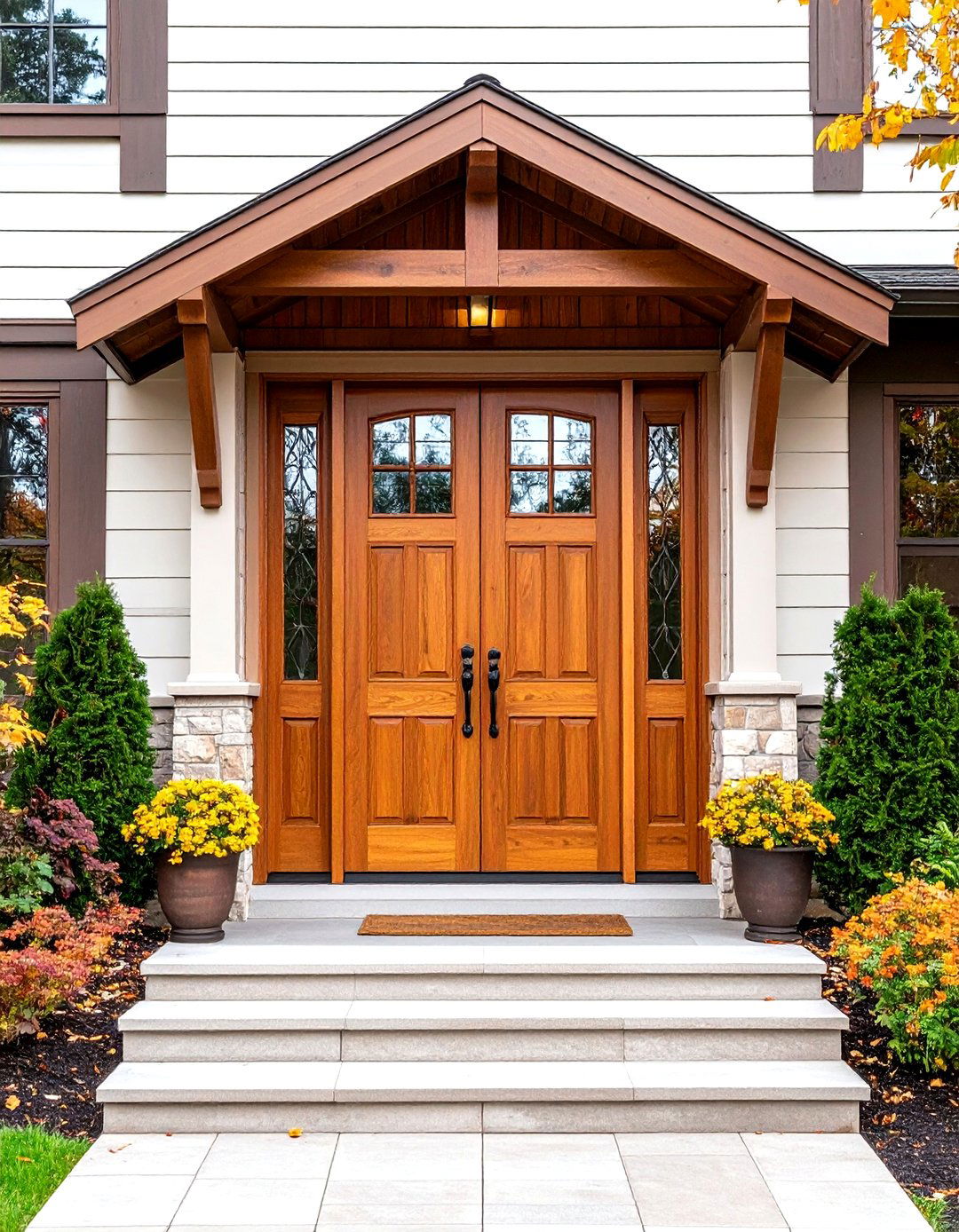
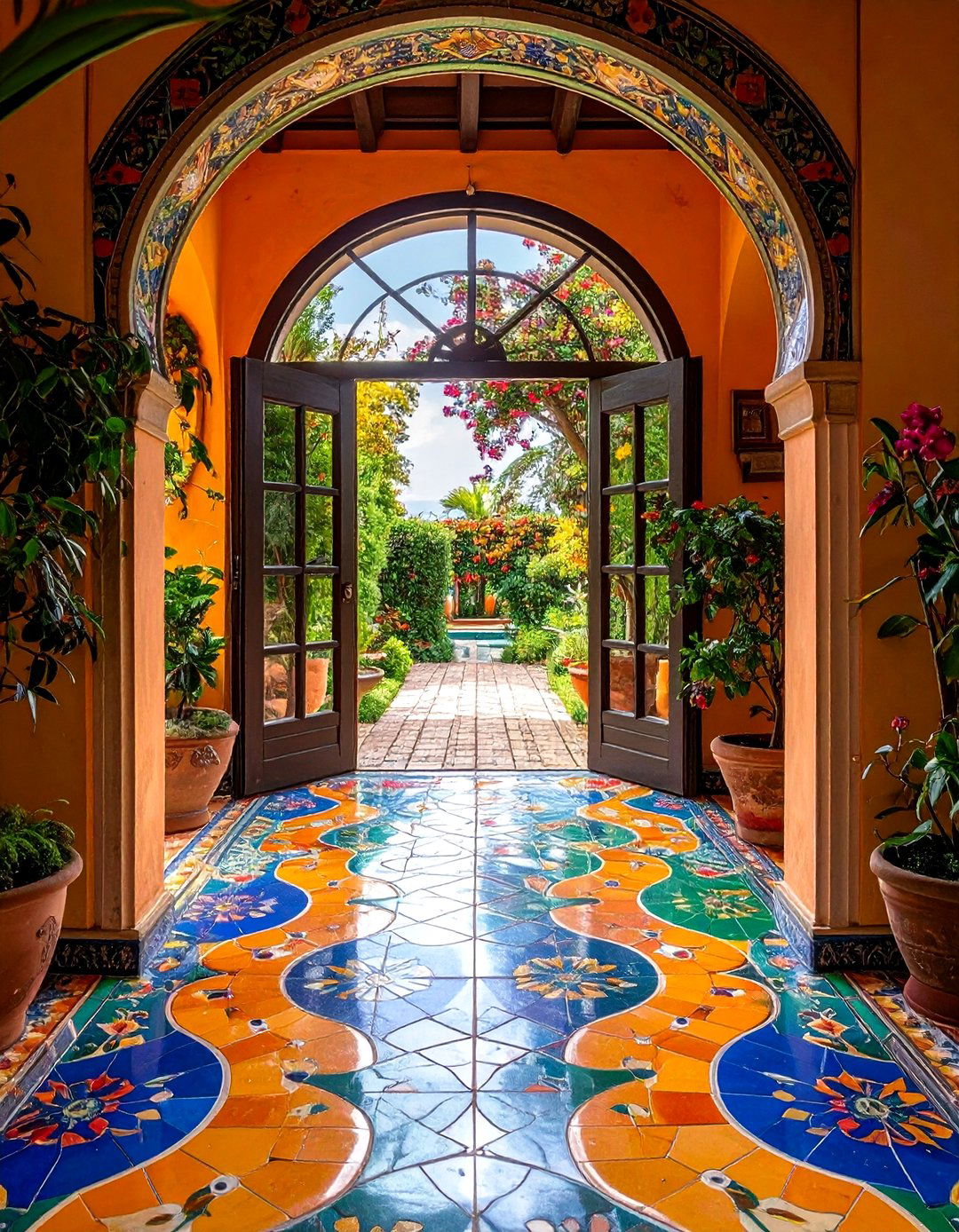
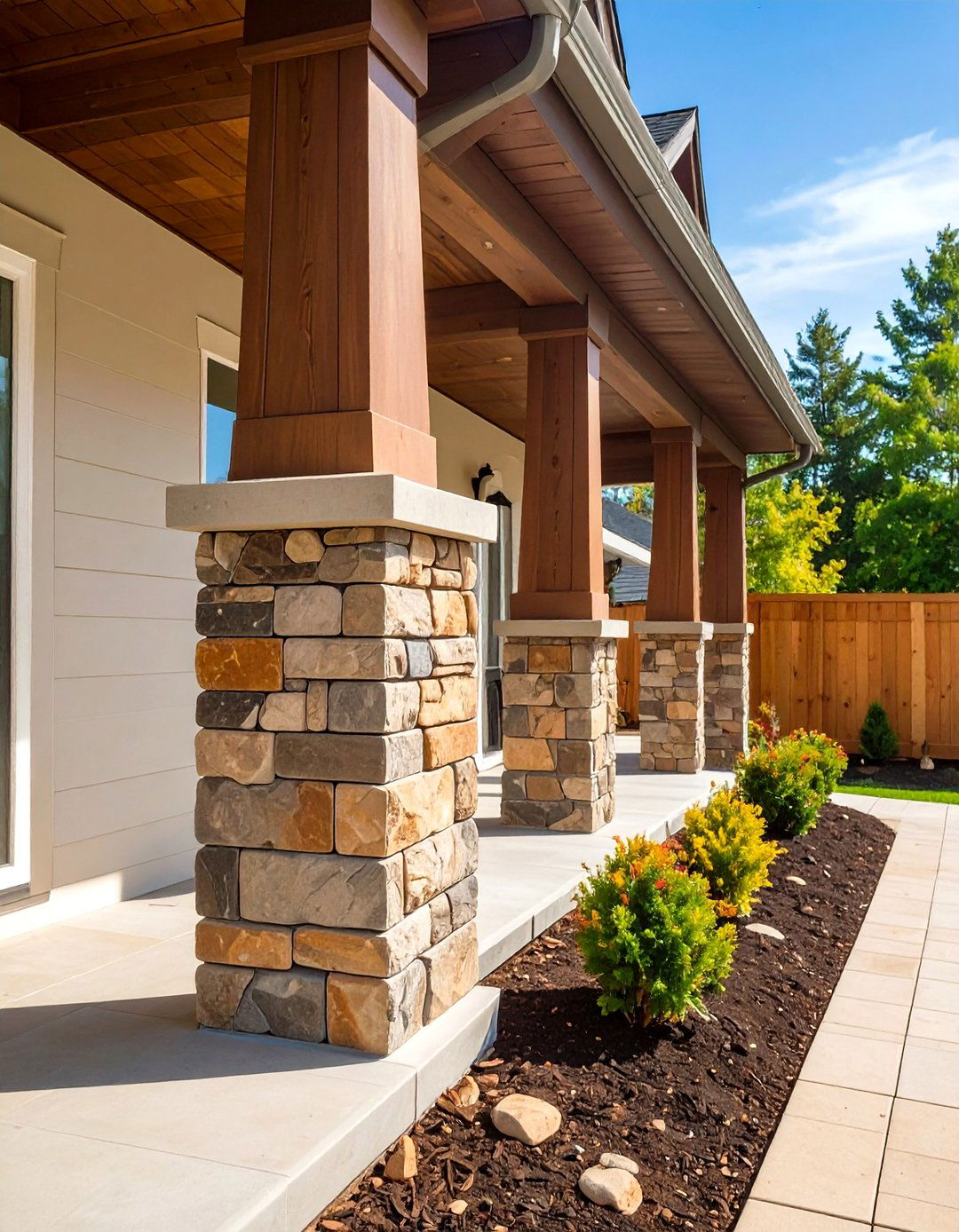
Leave a Reply